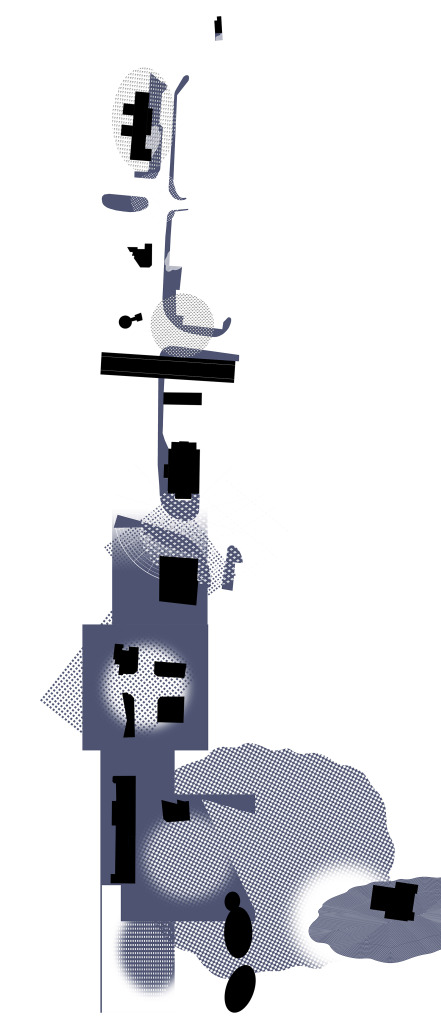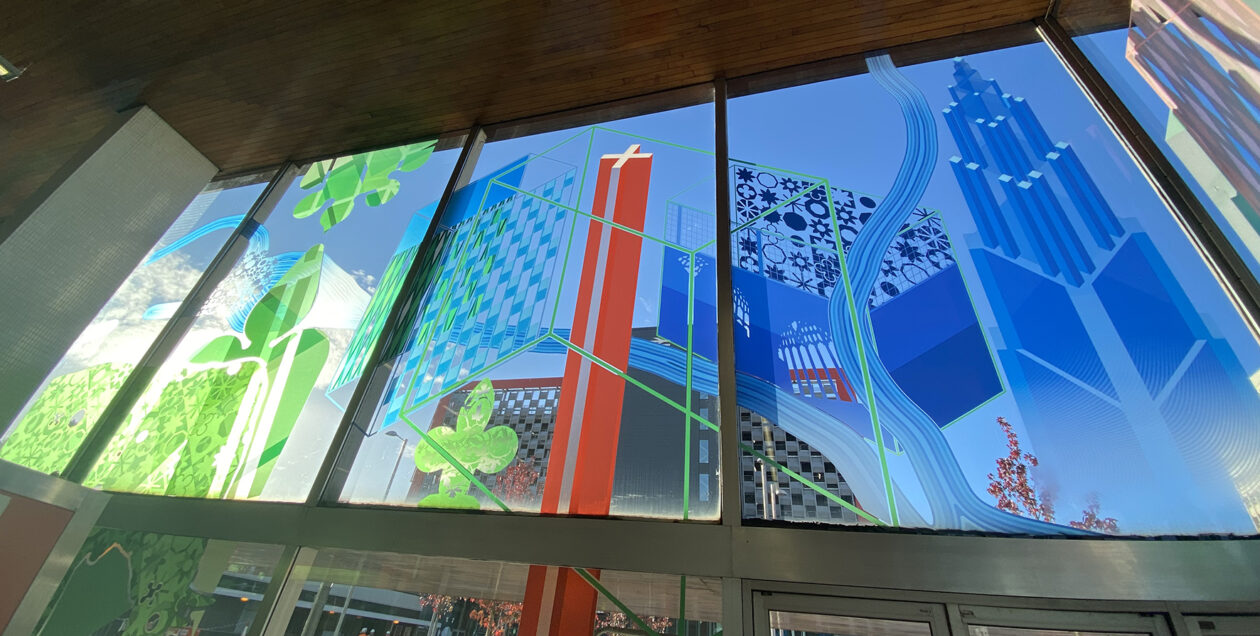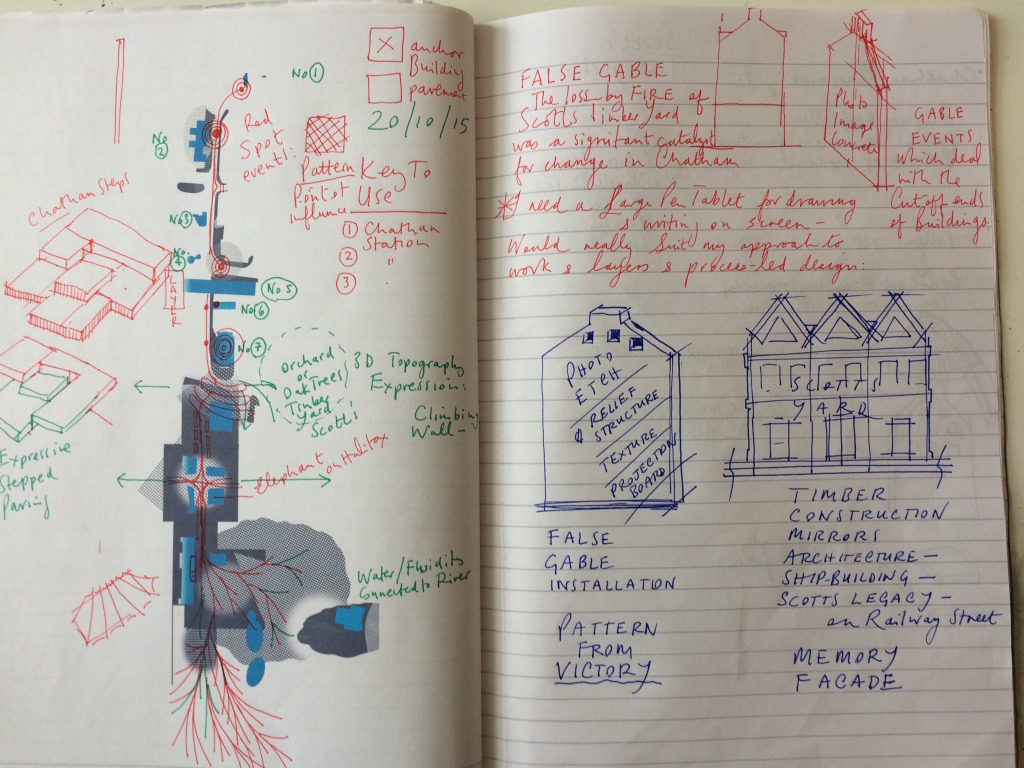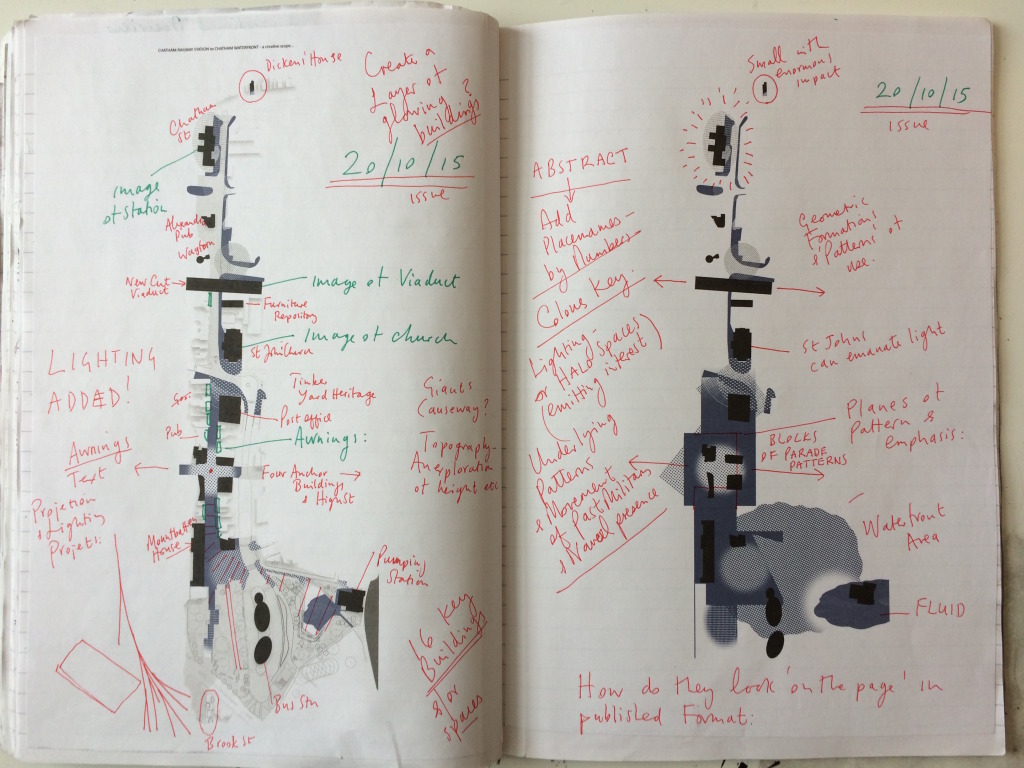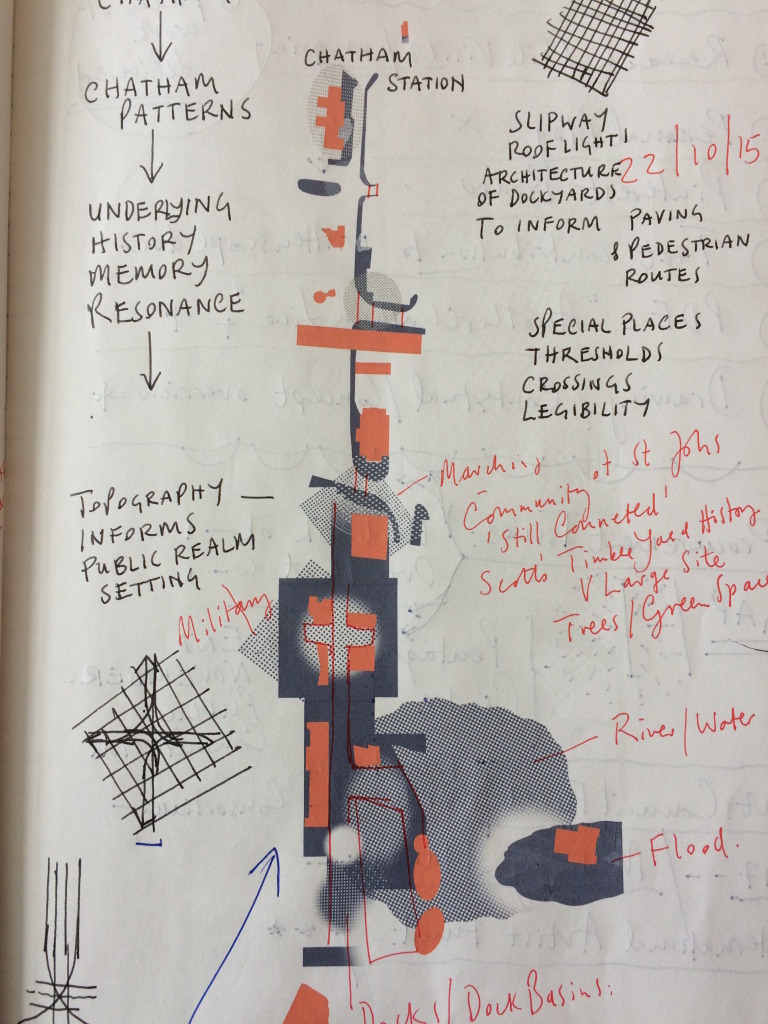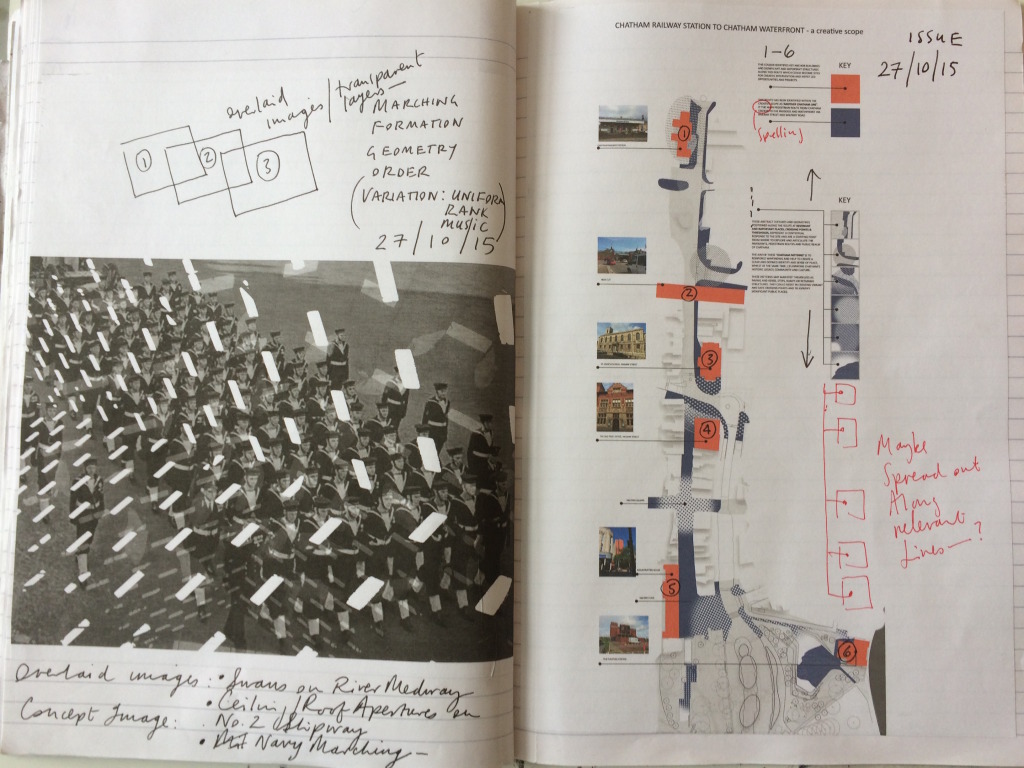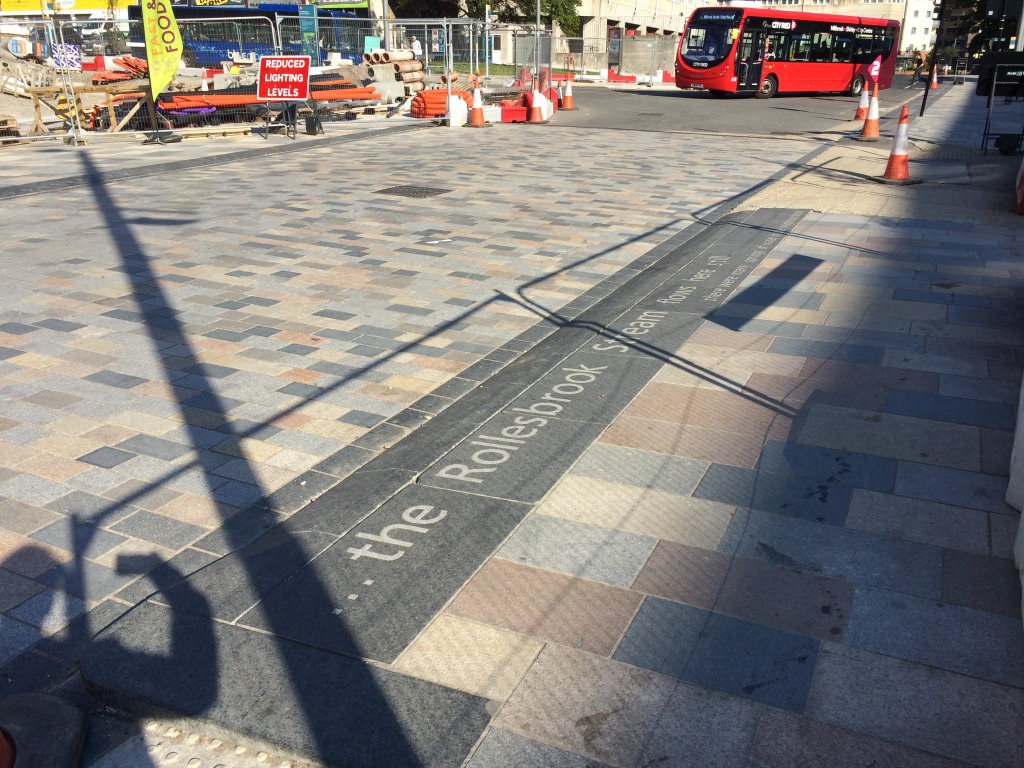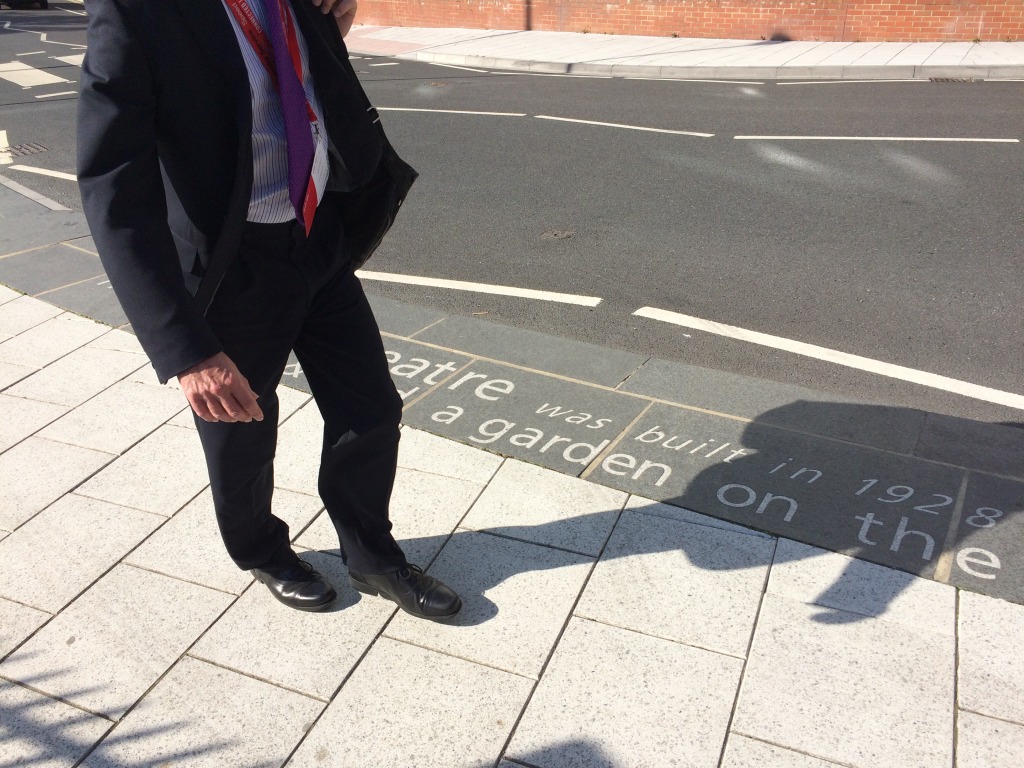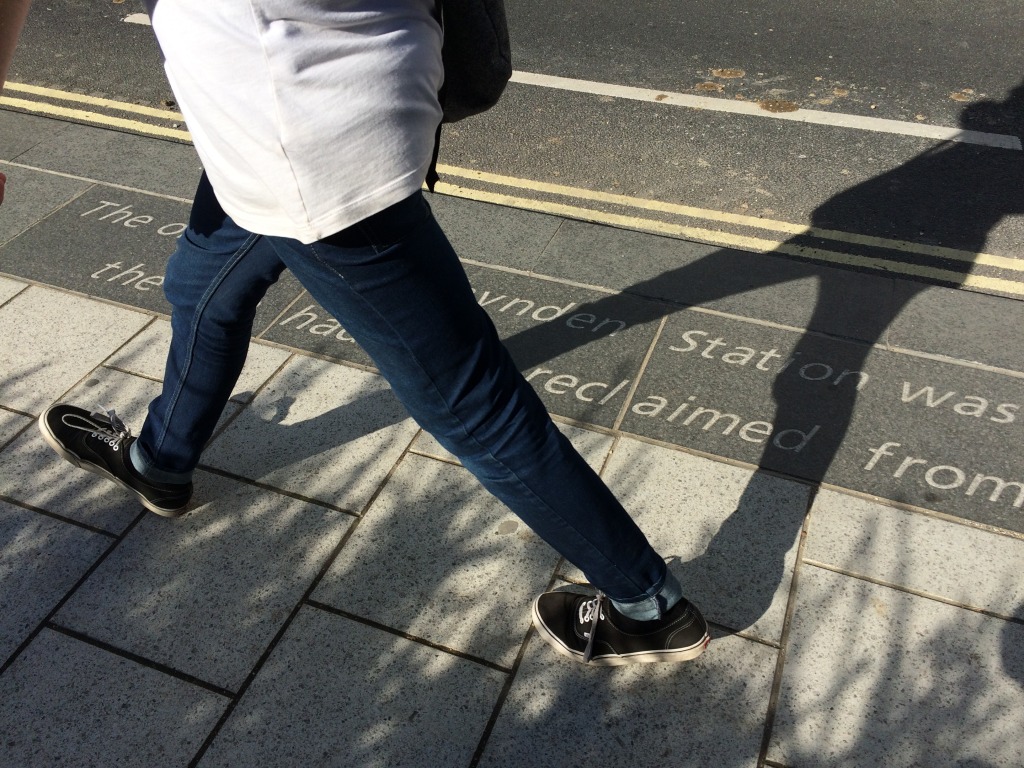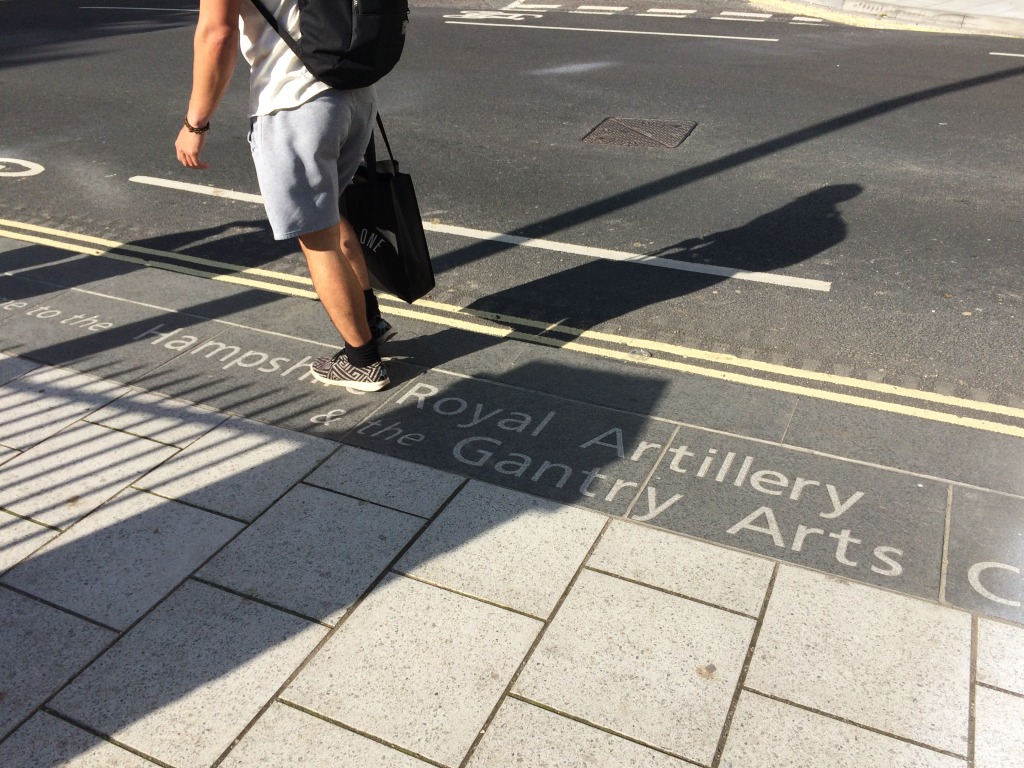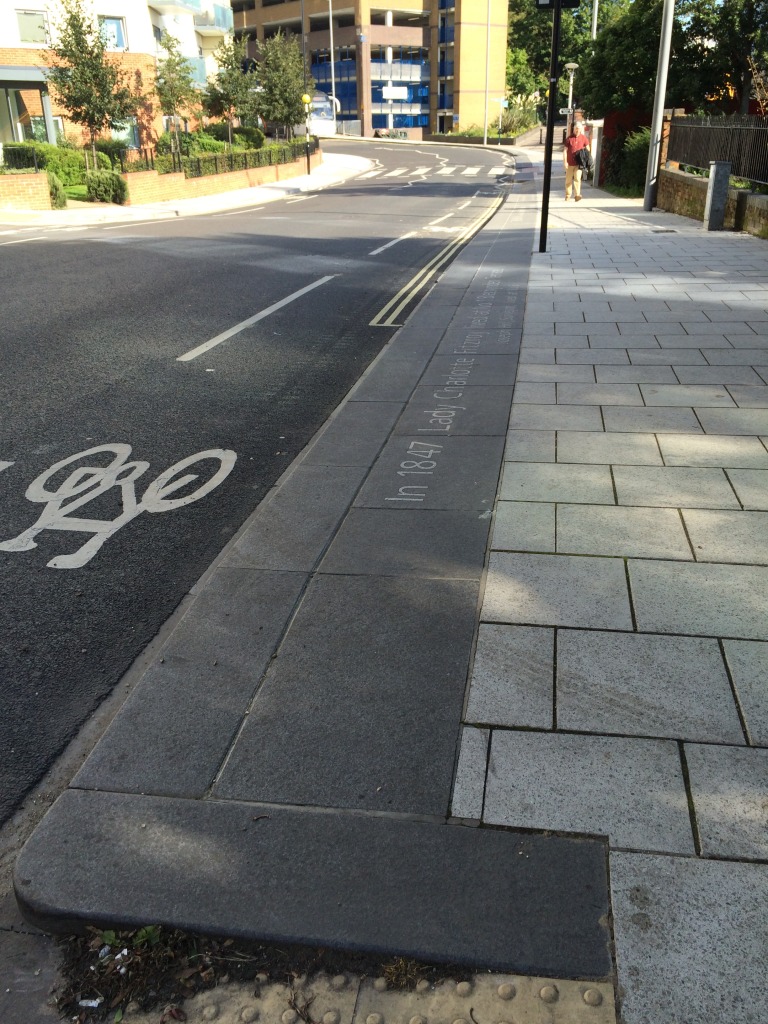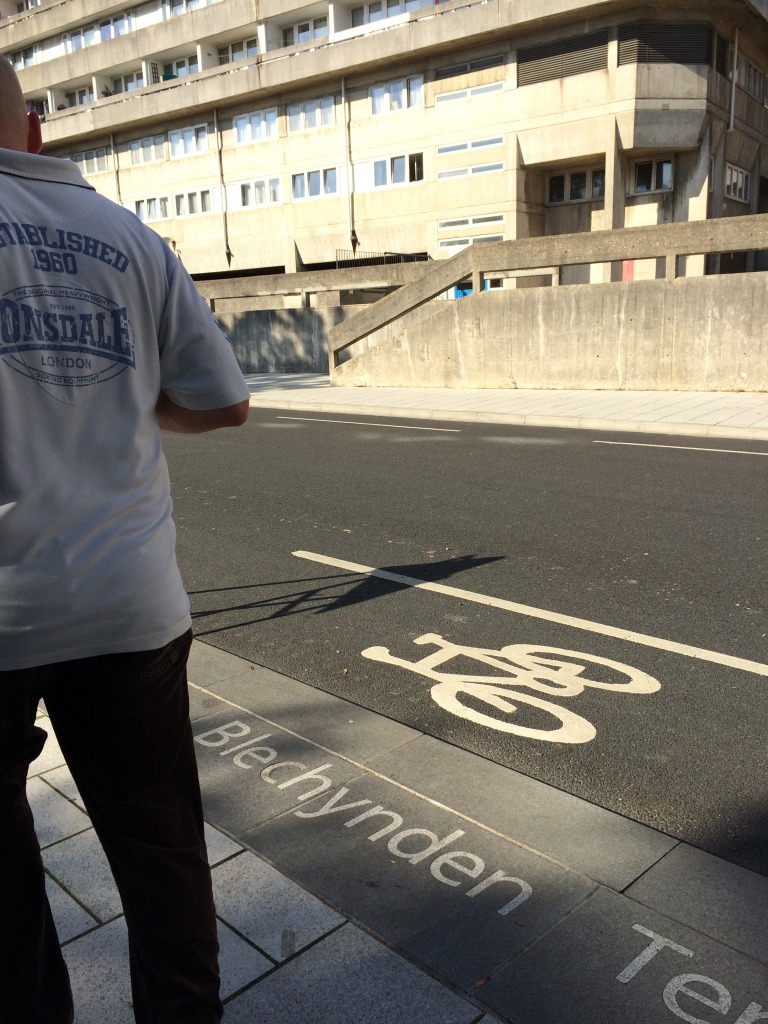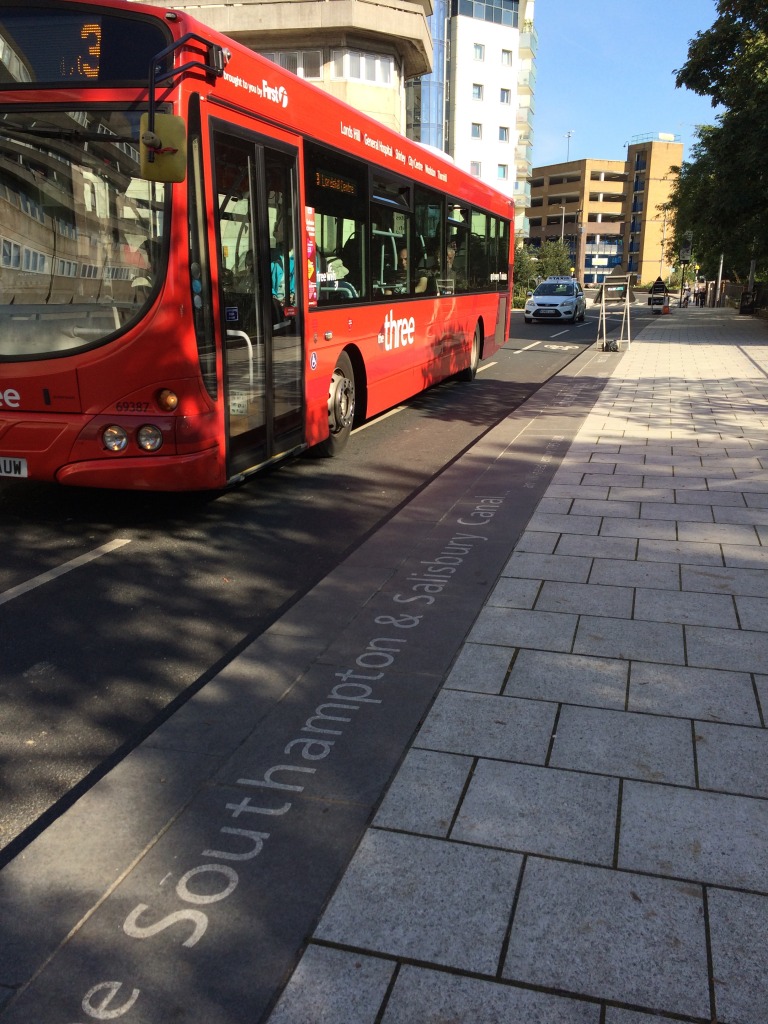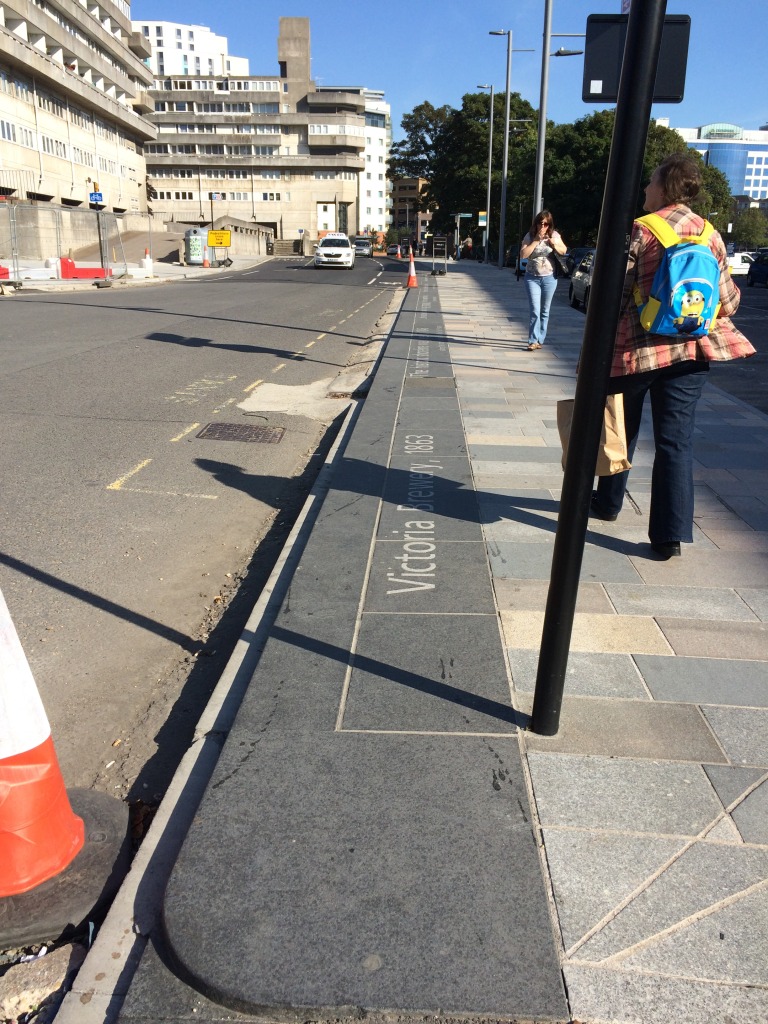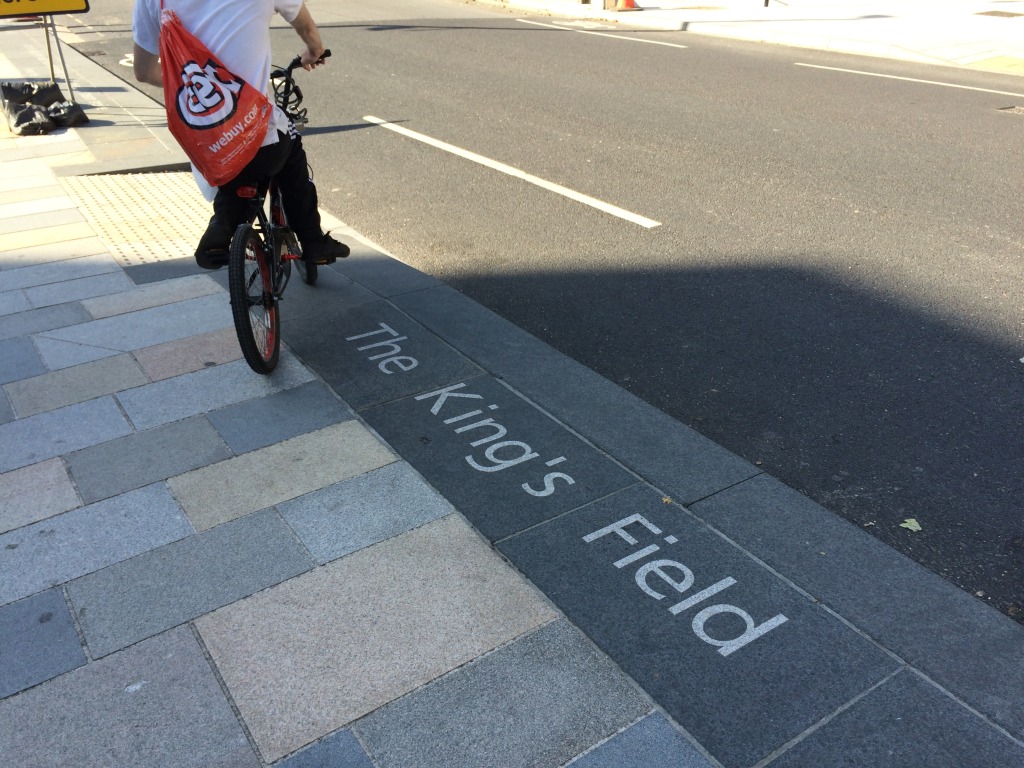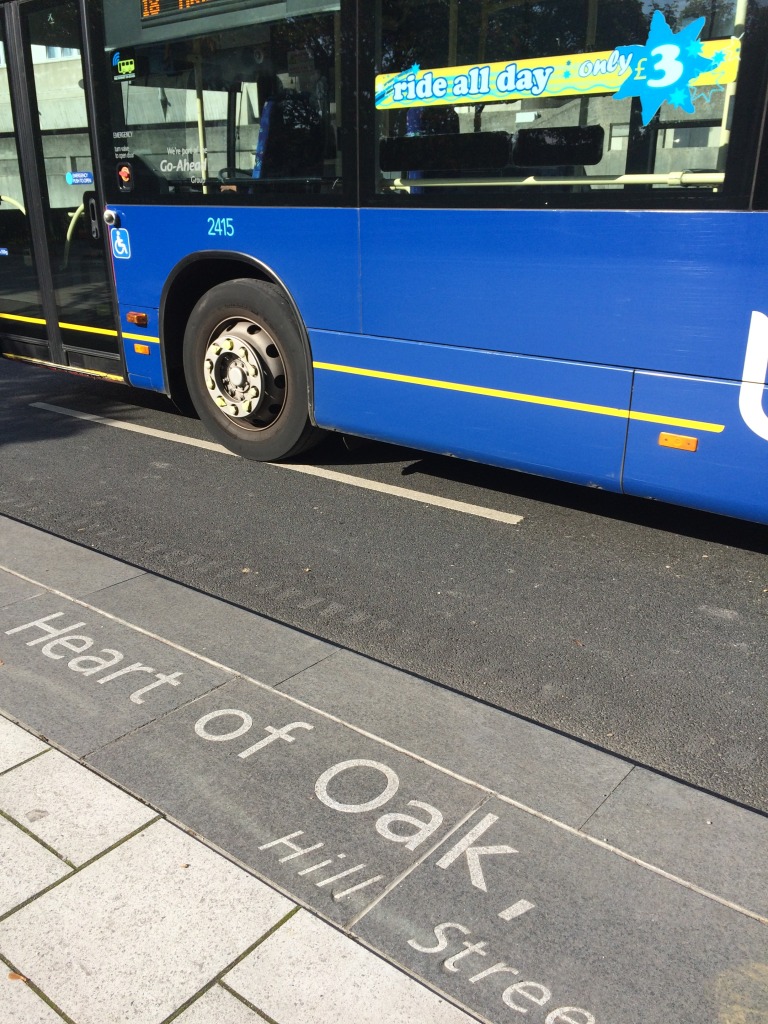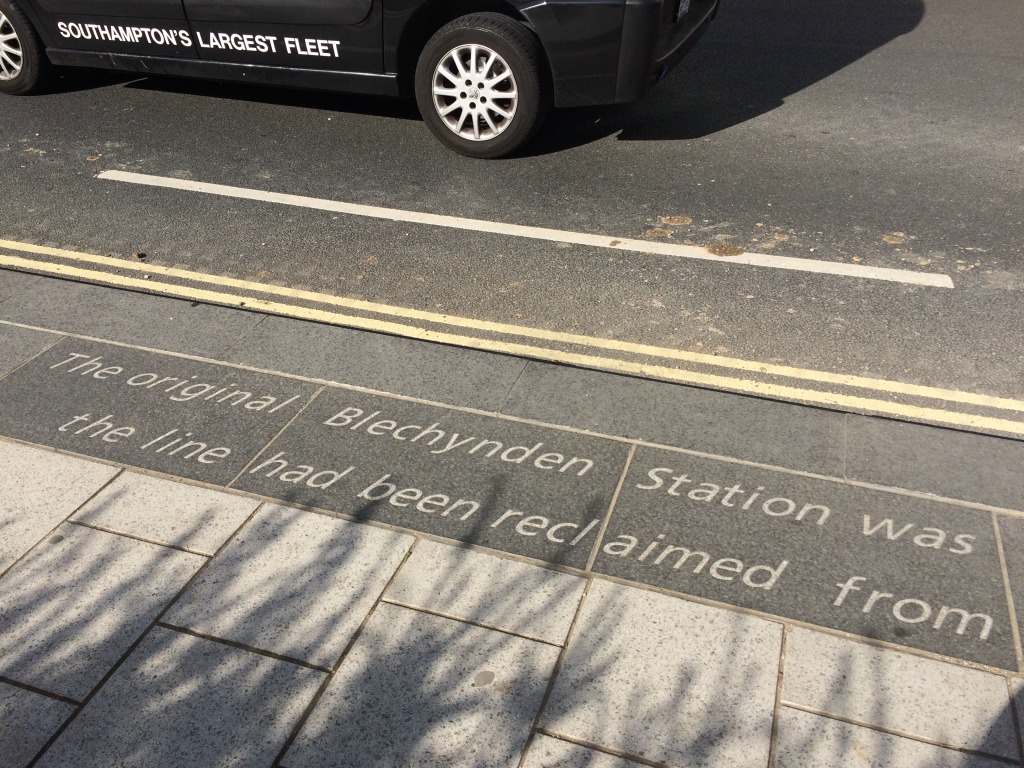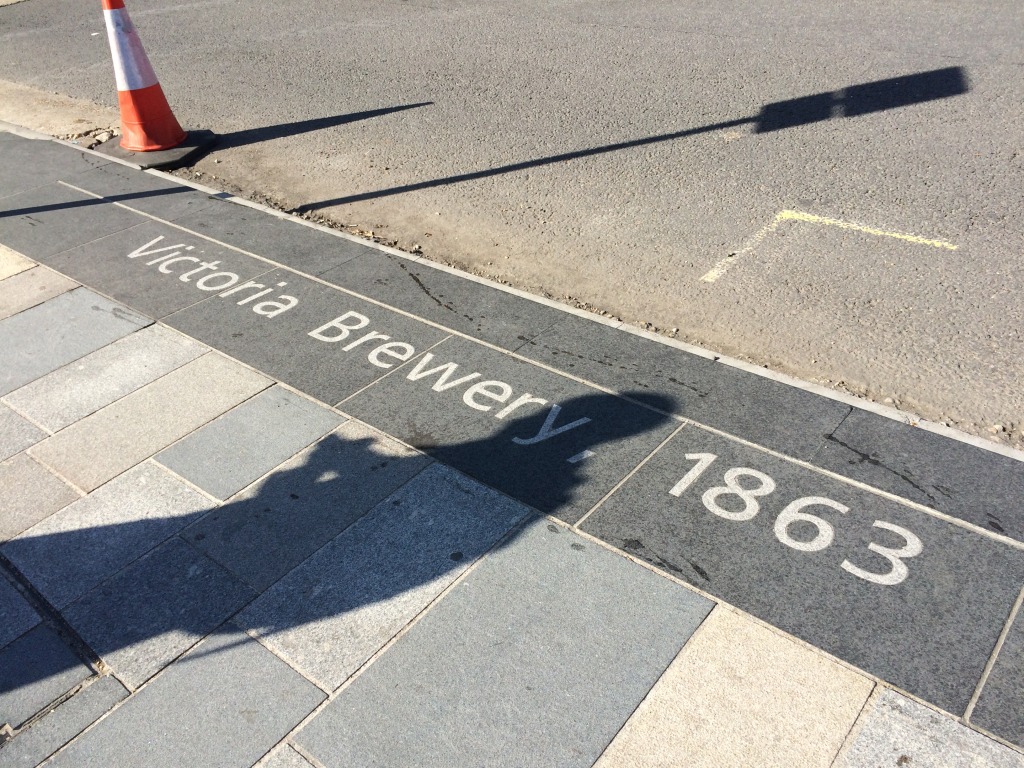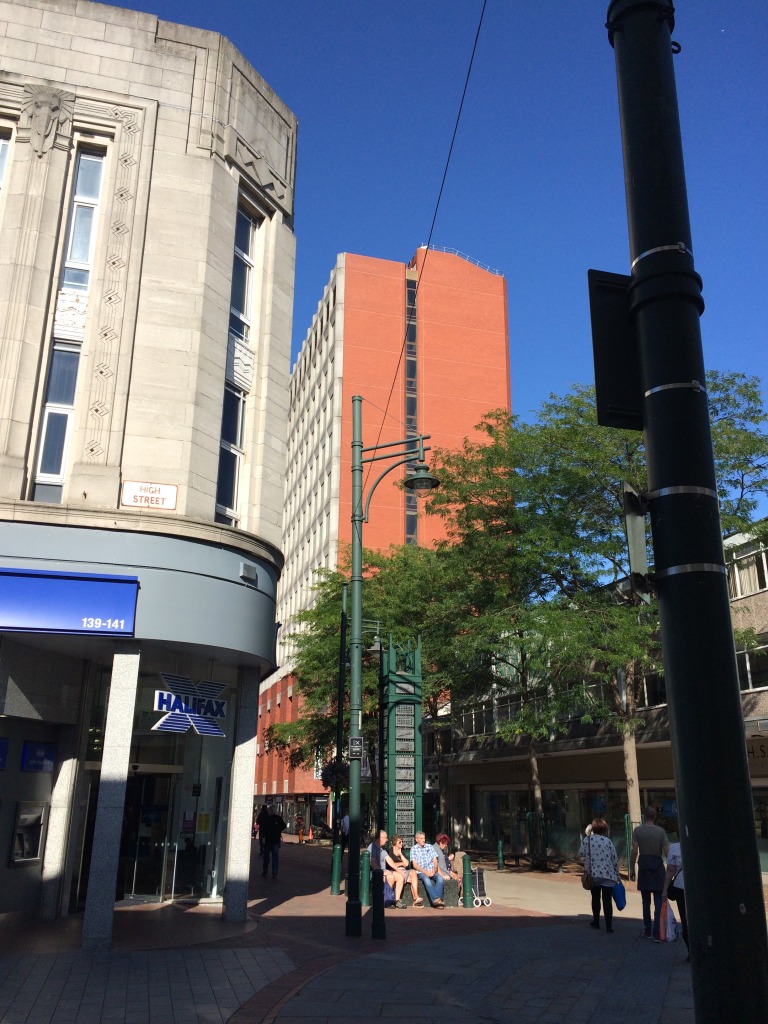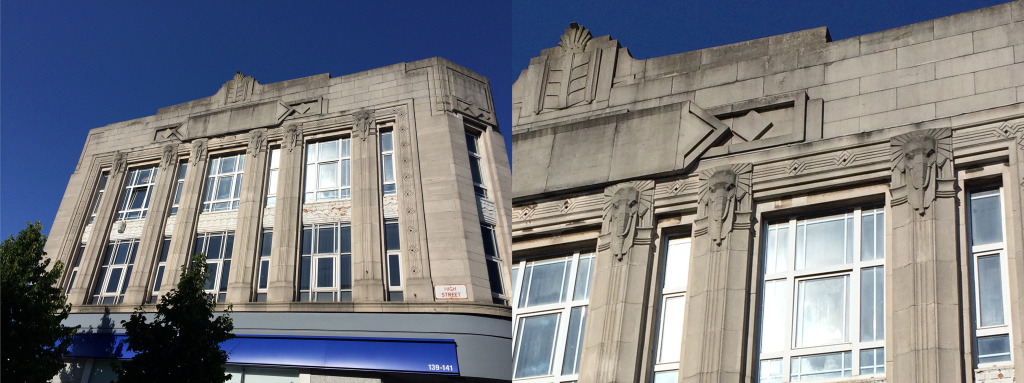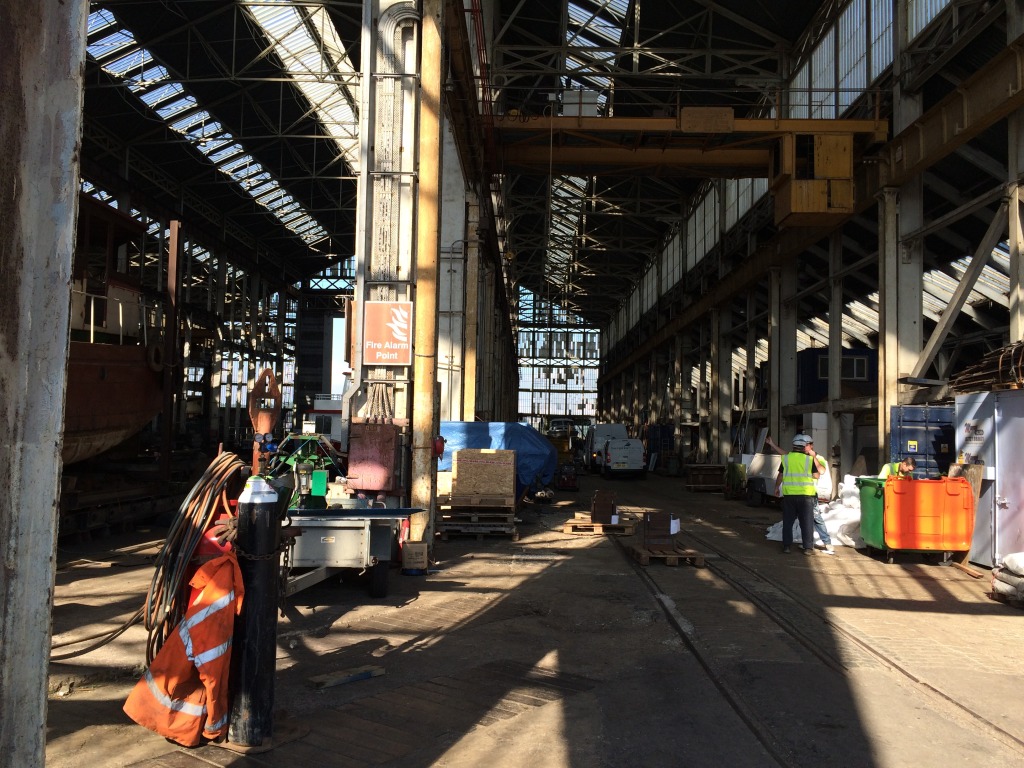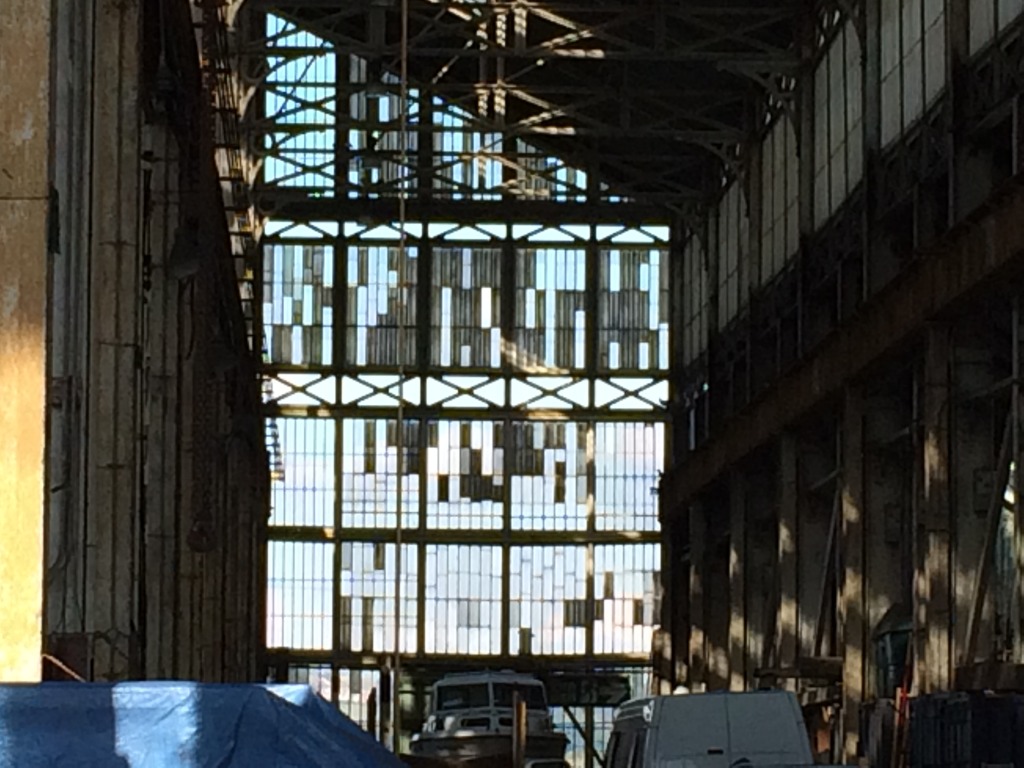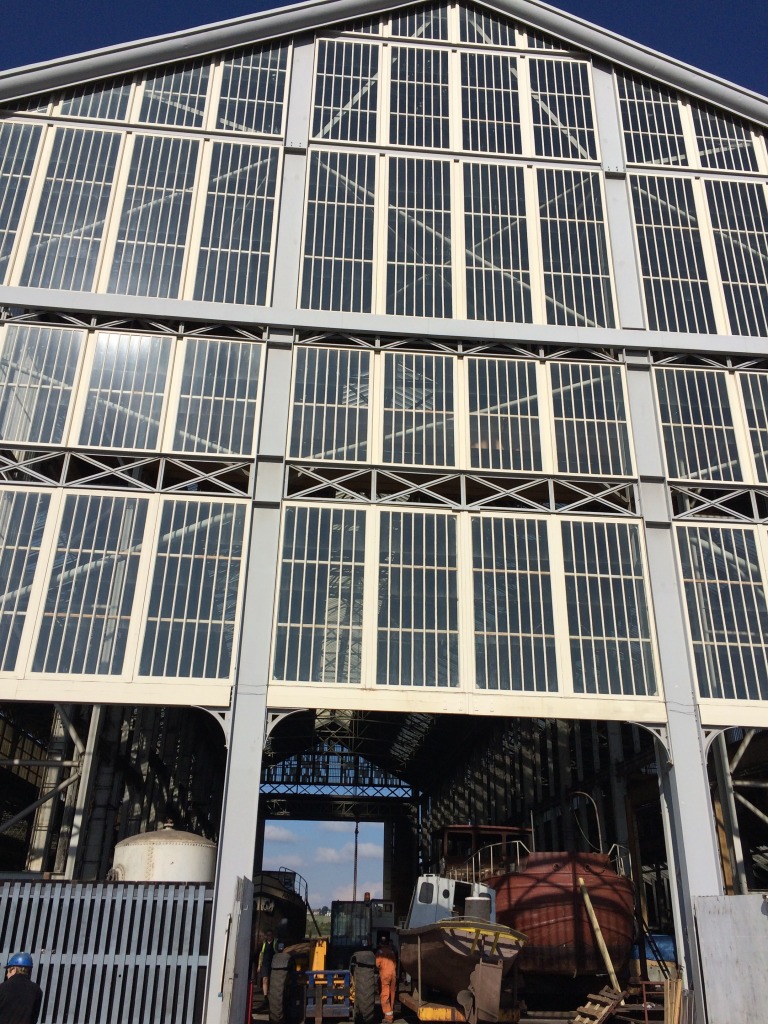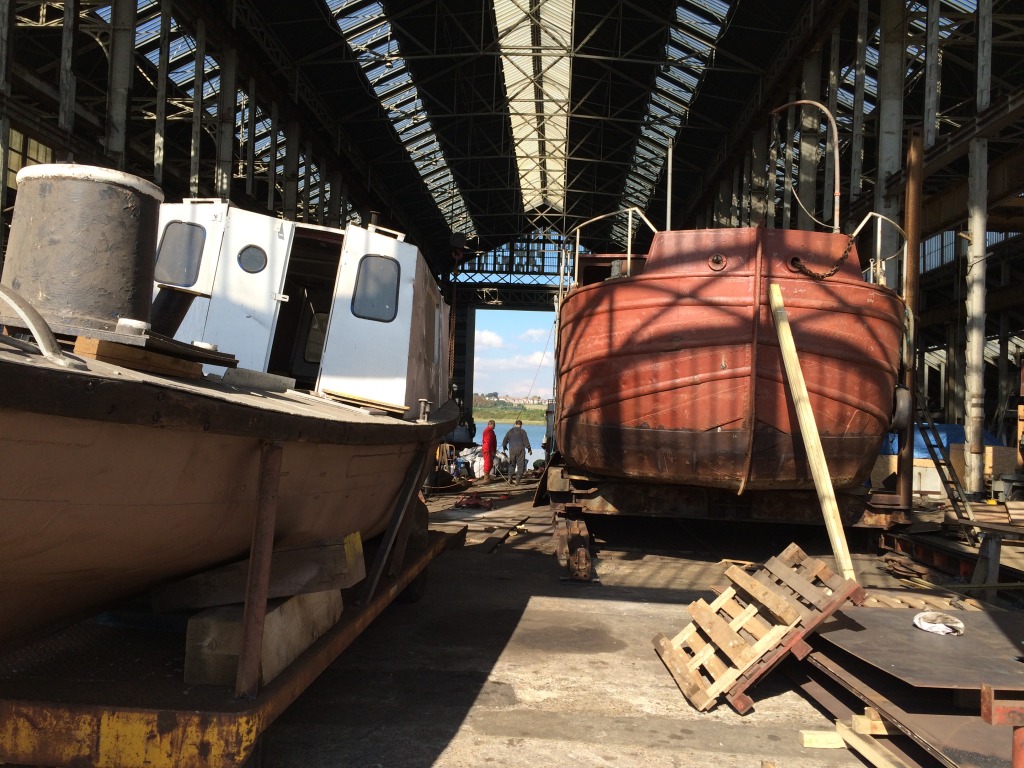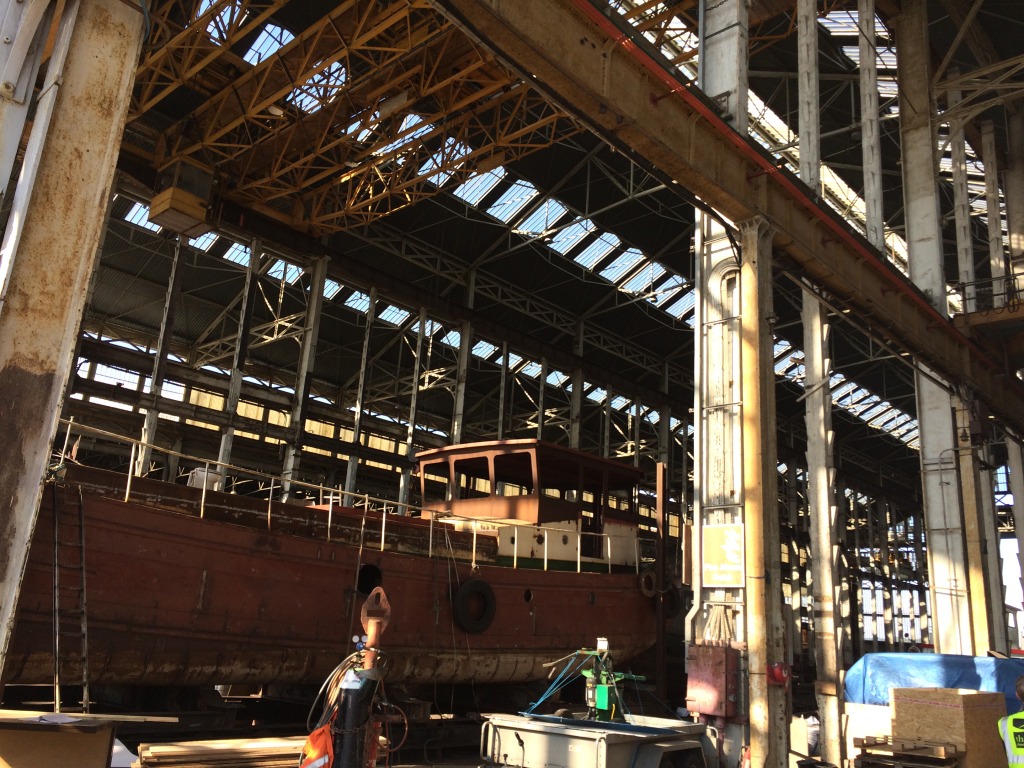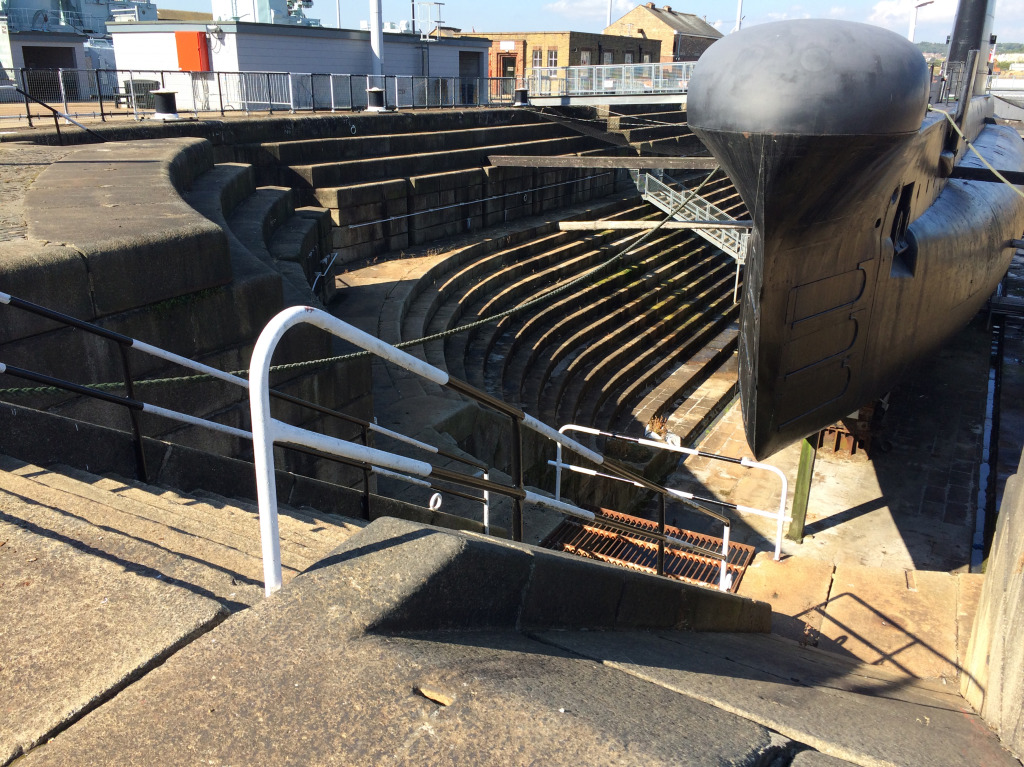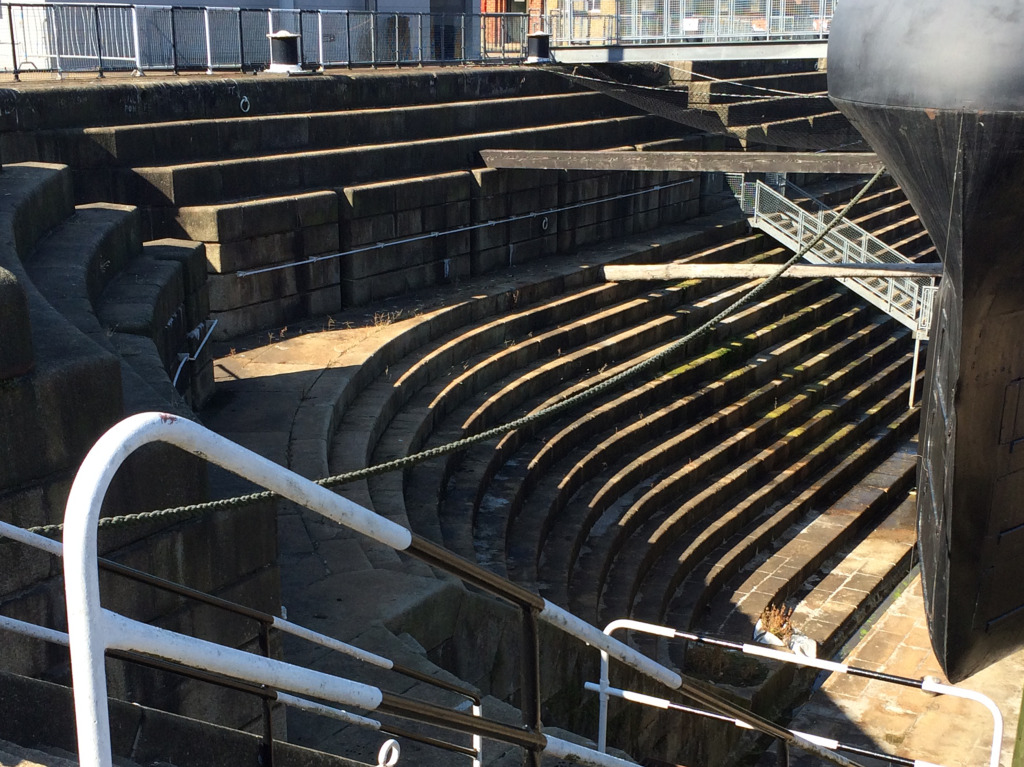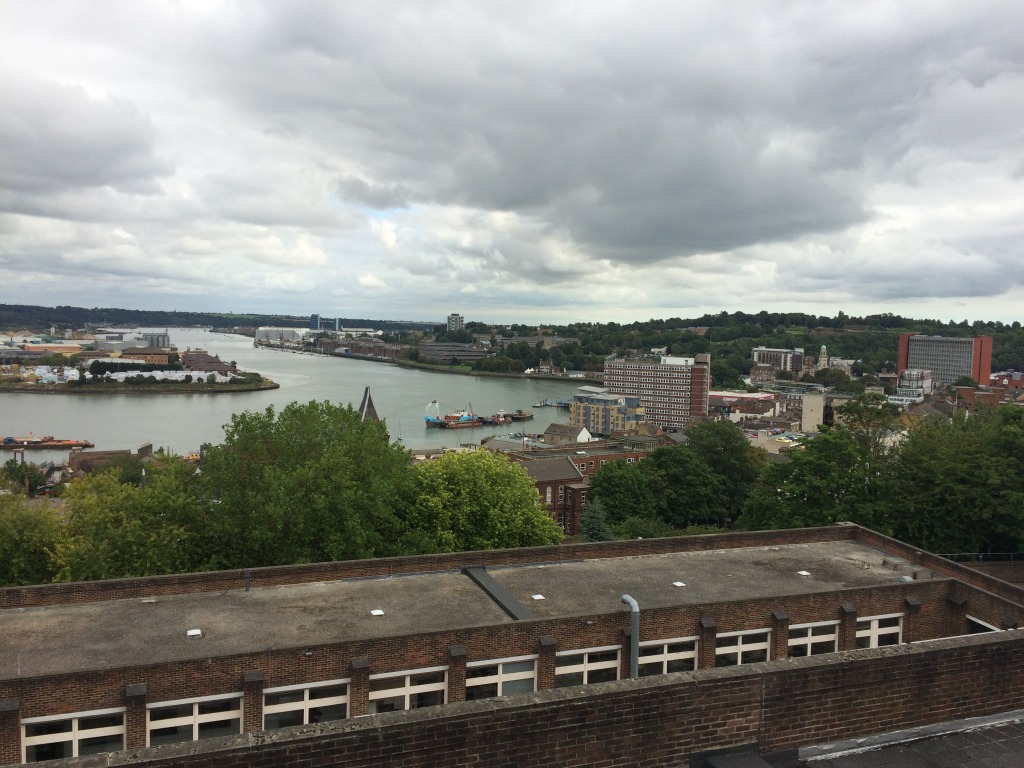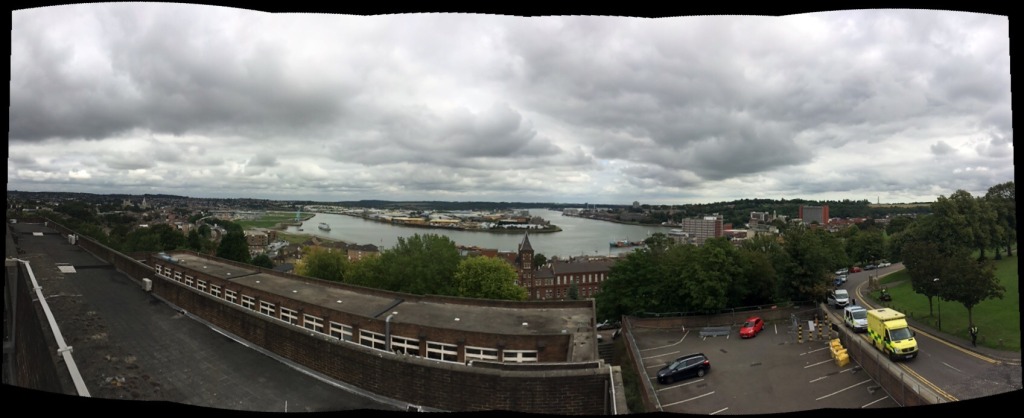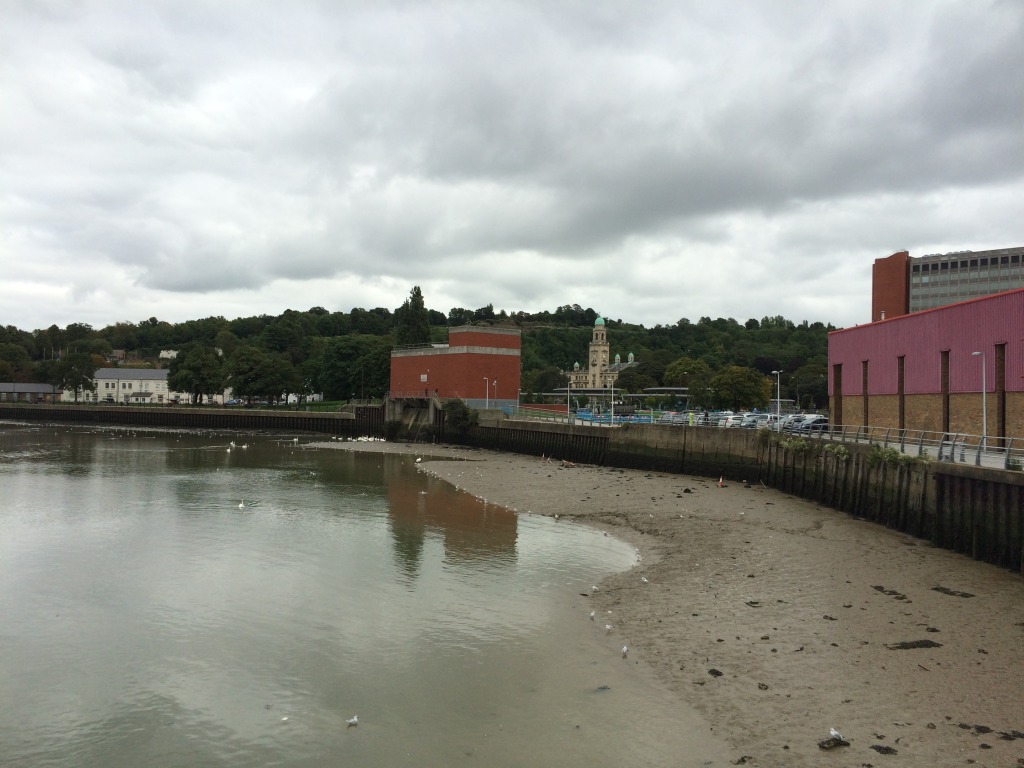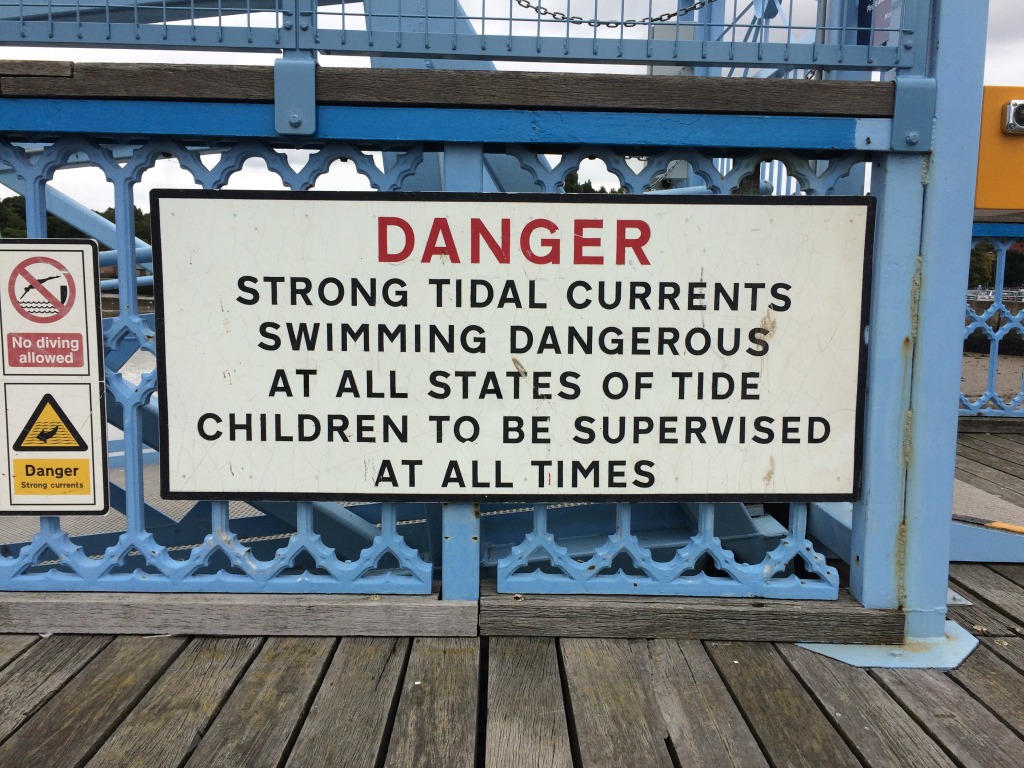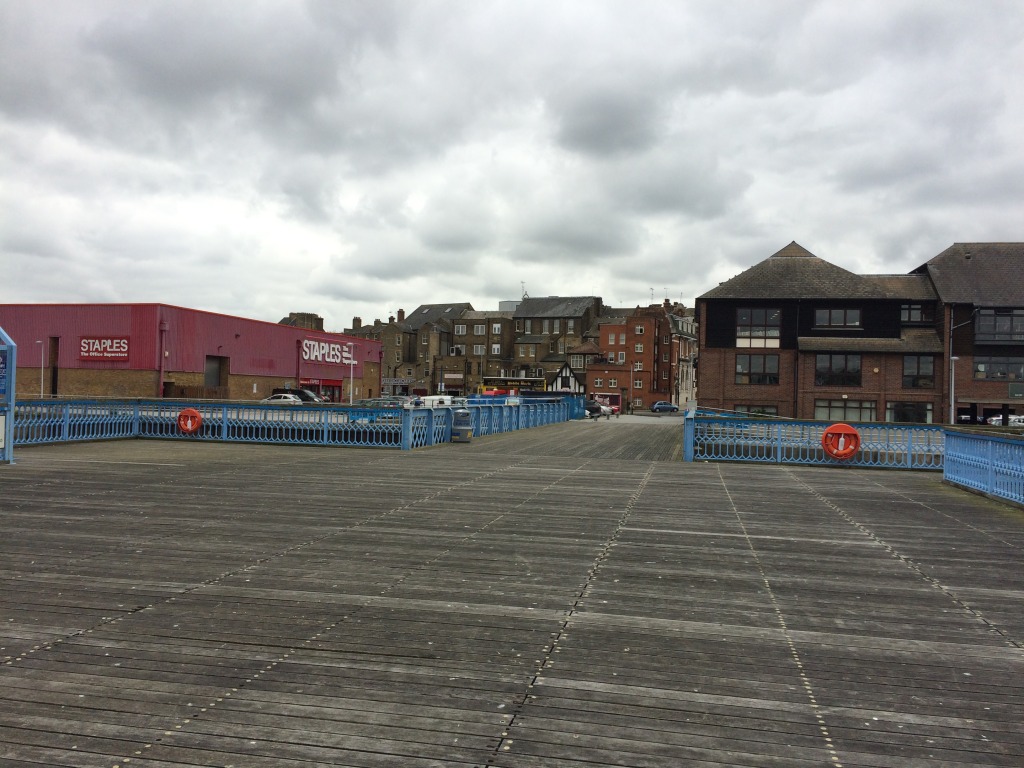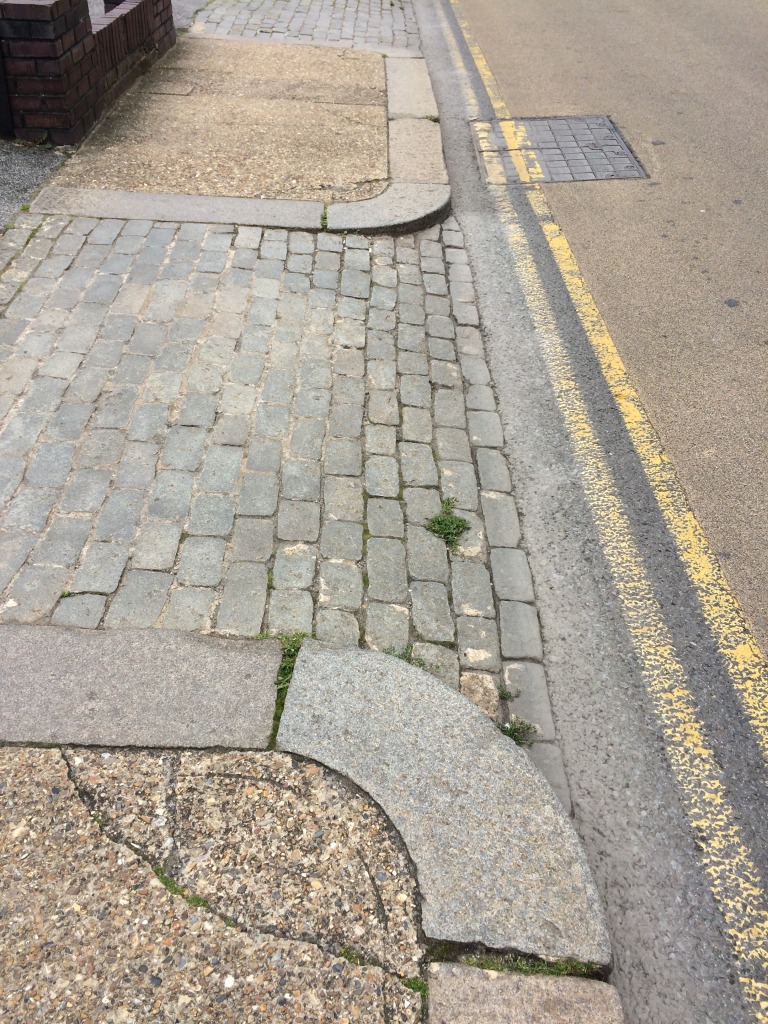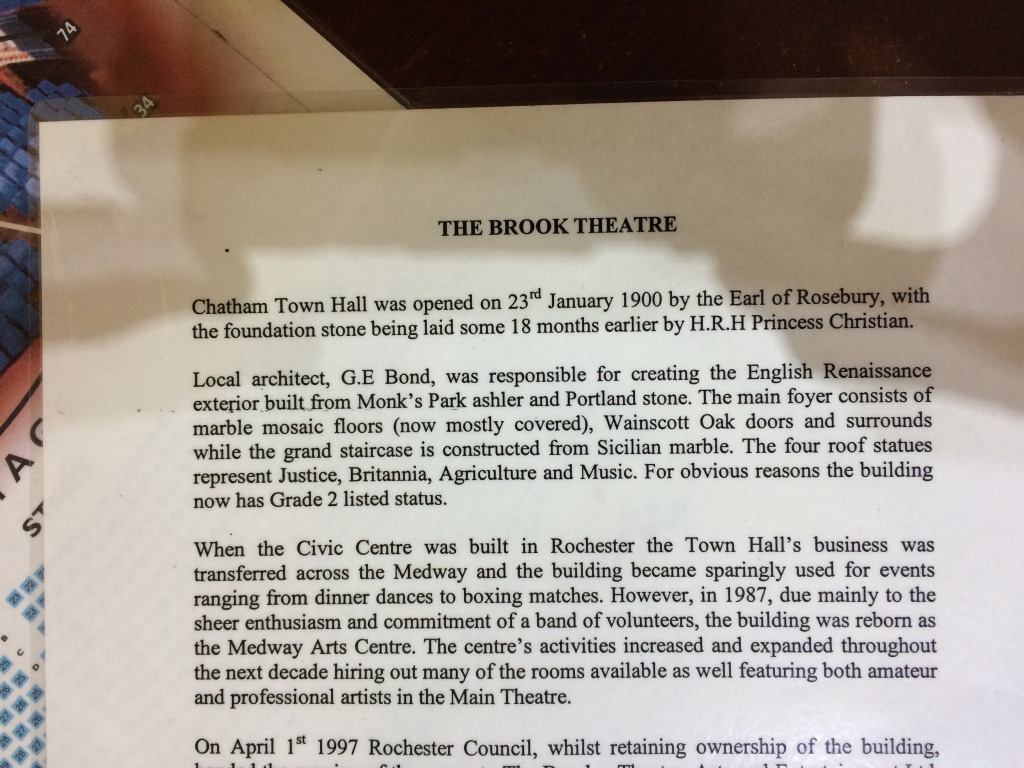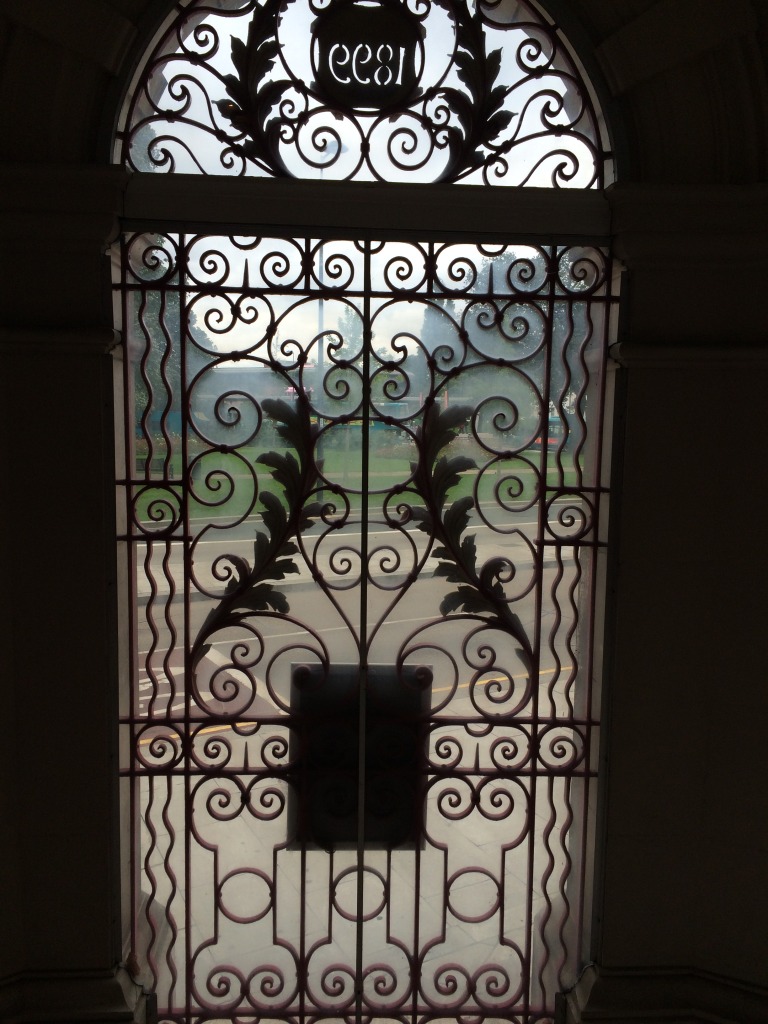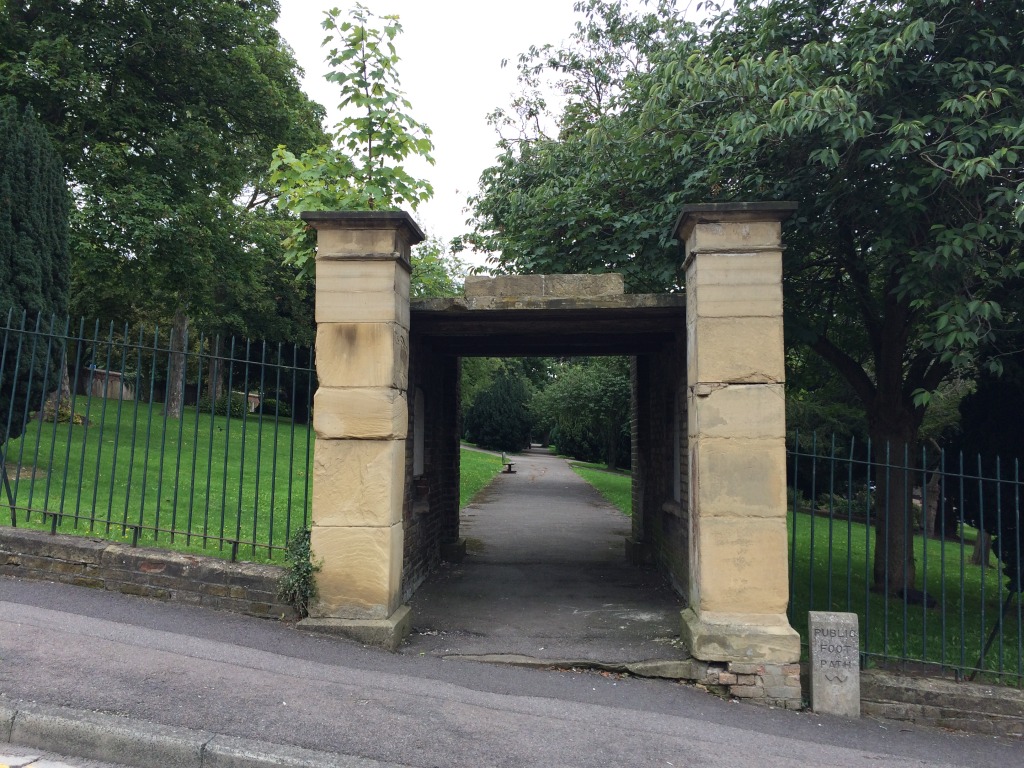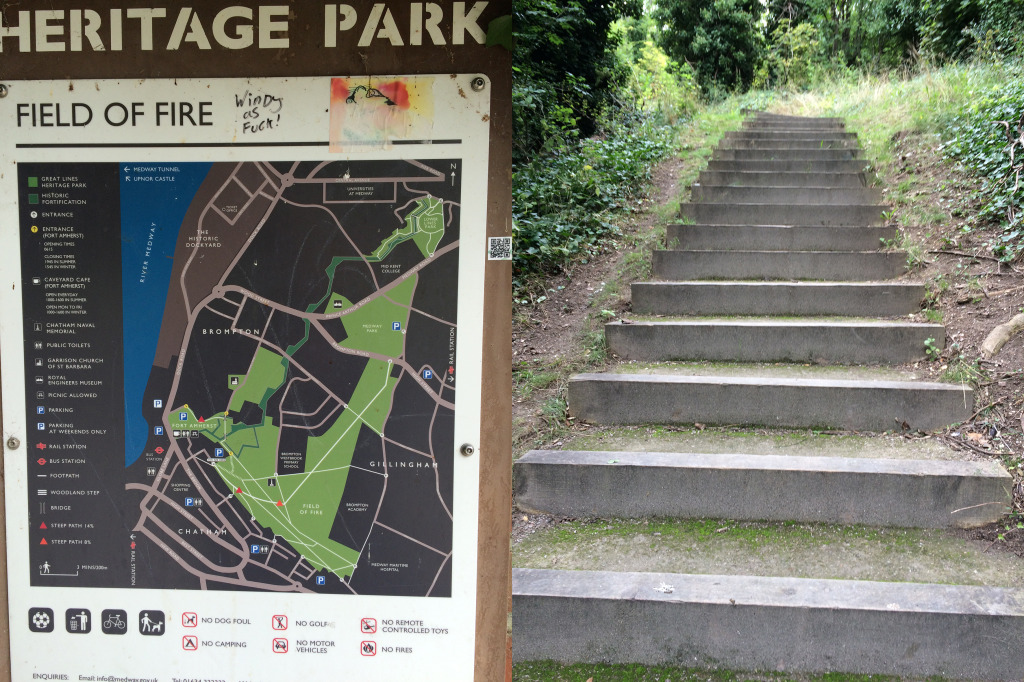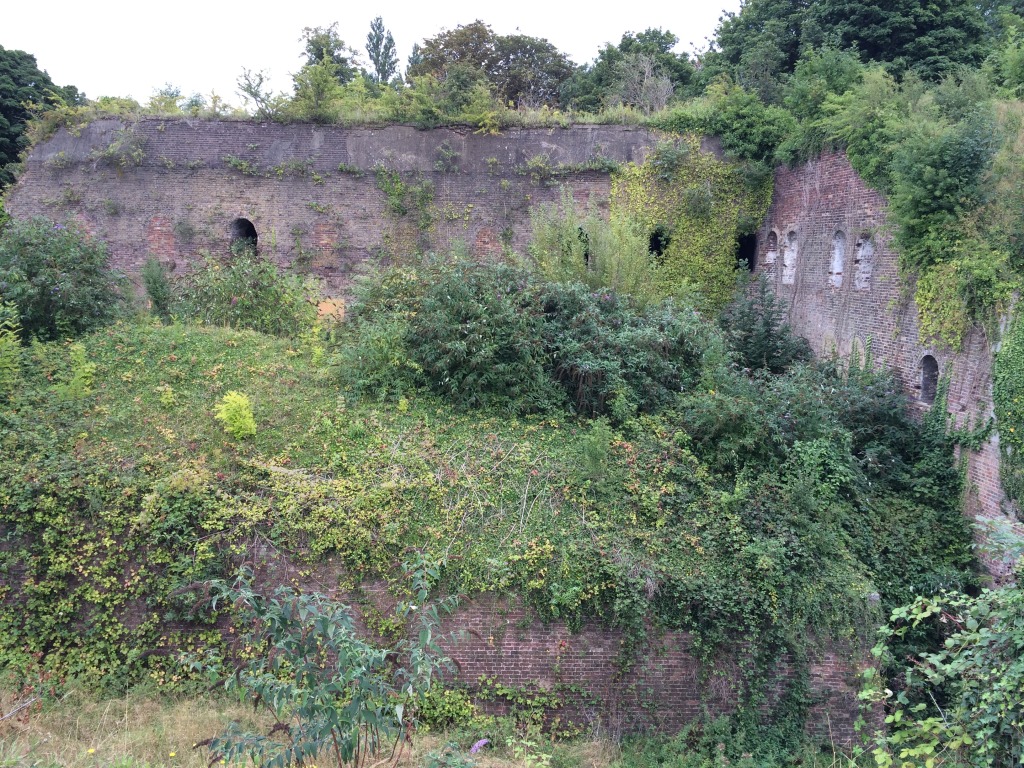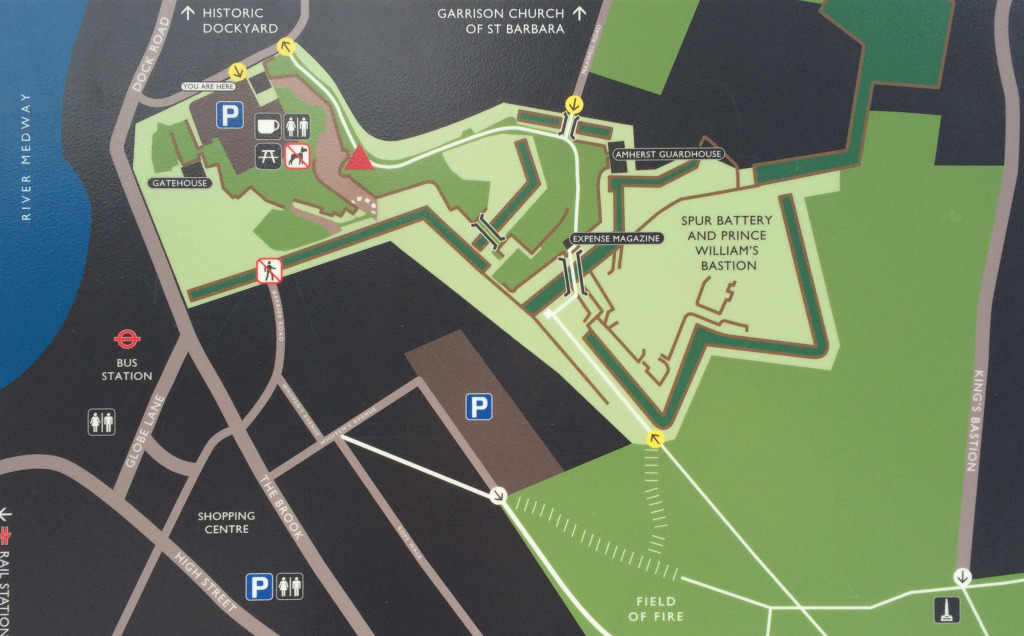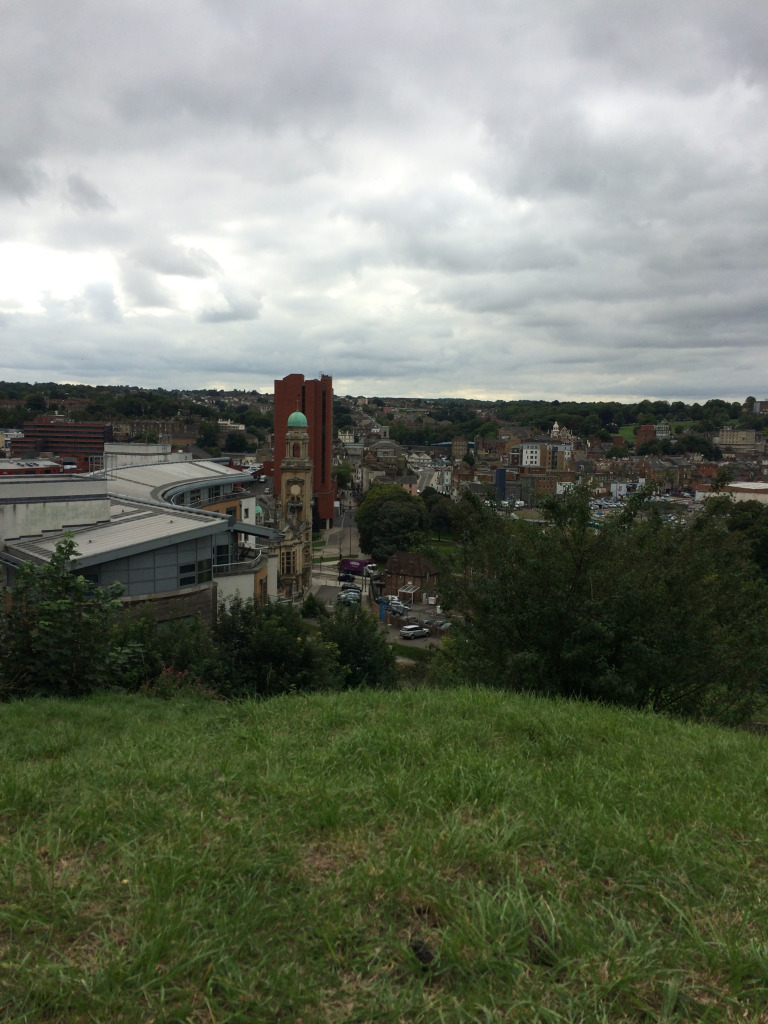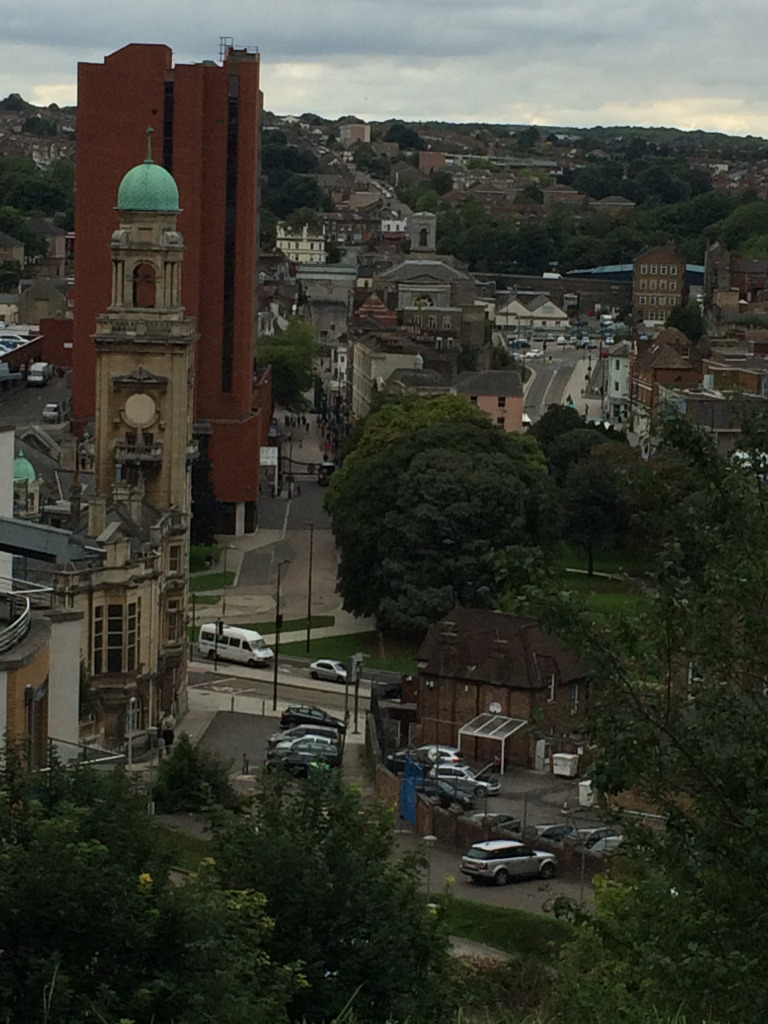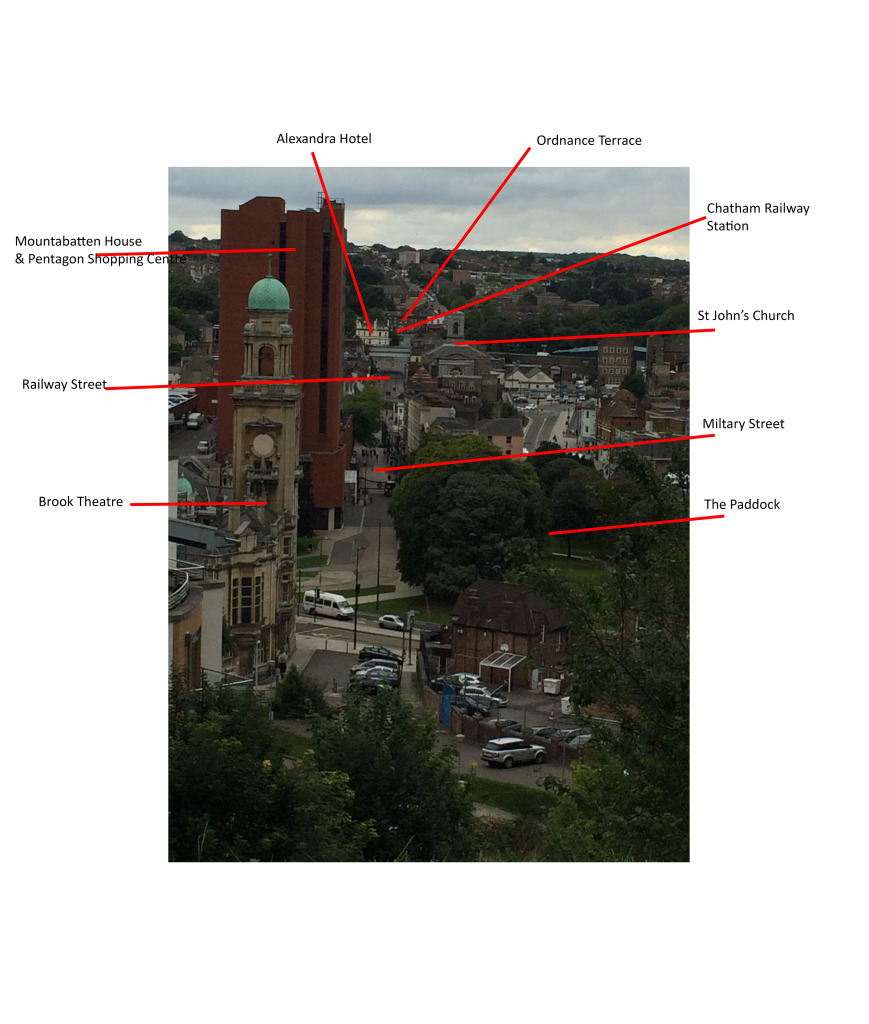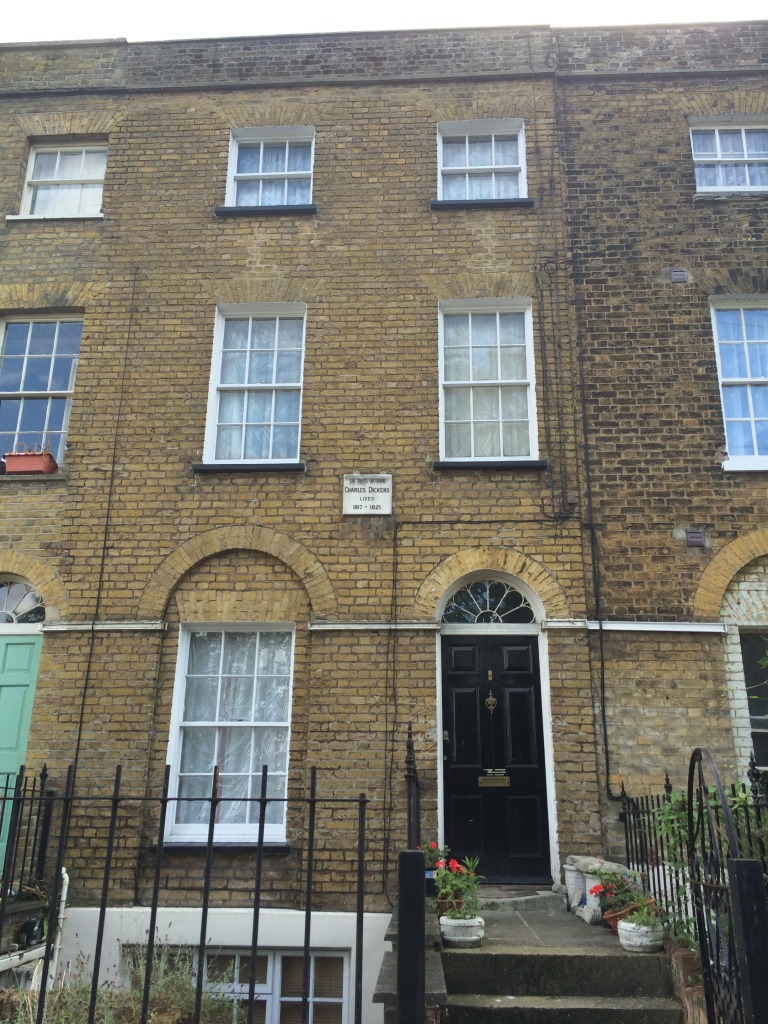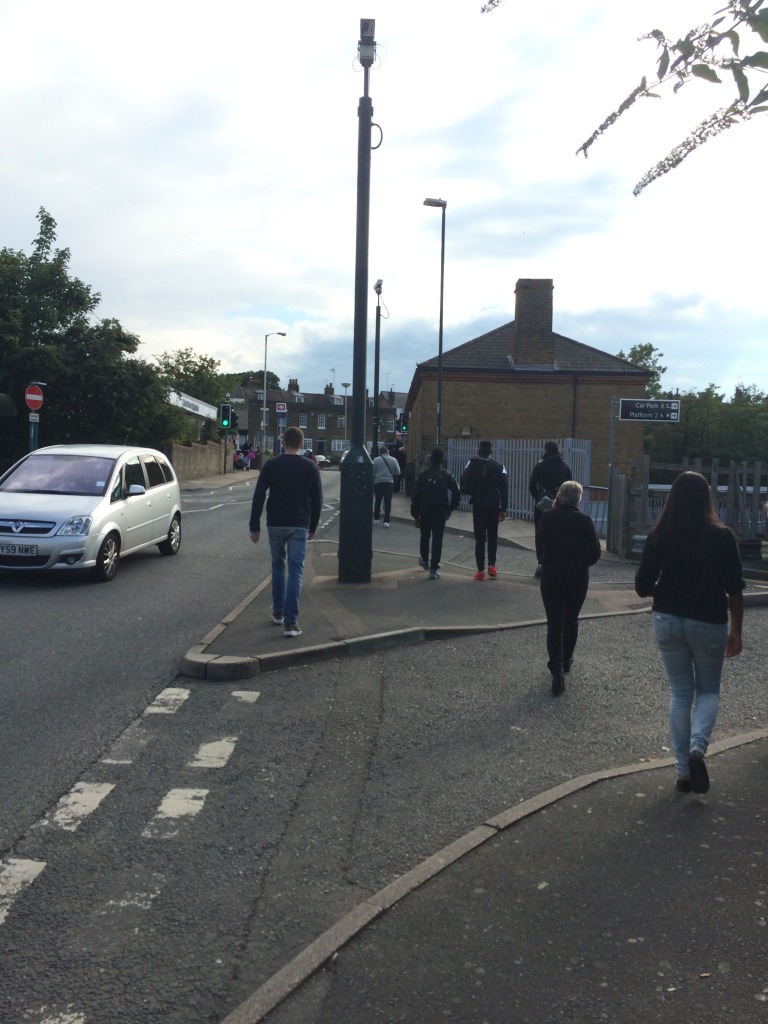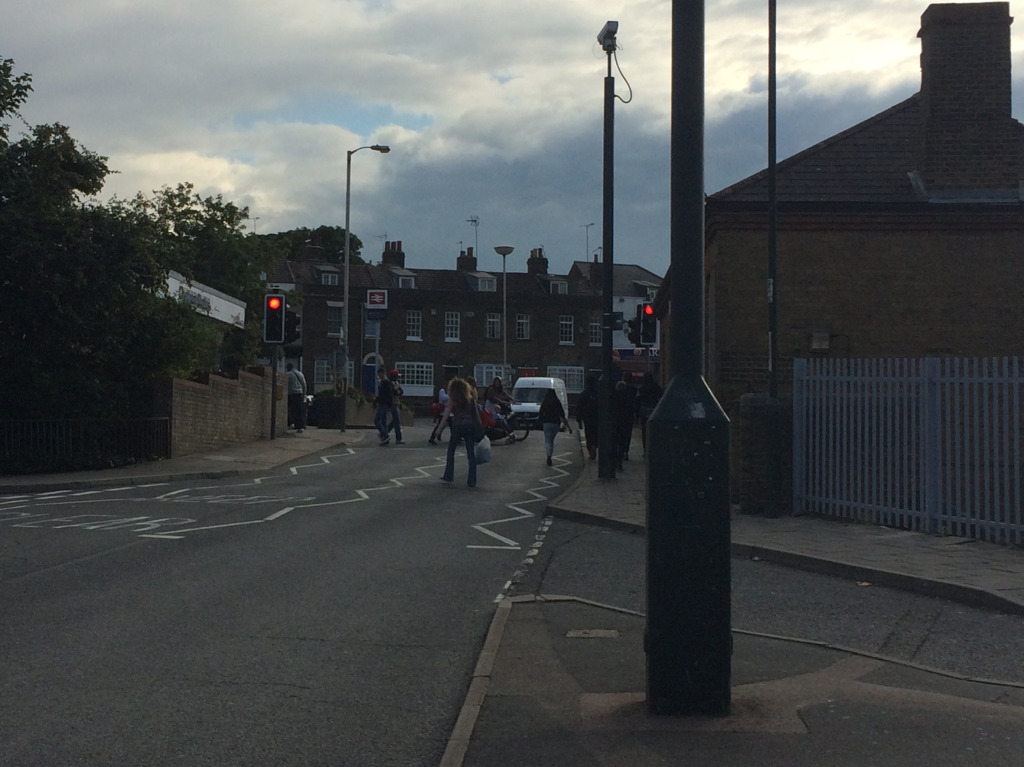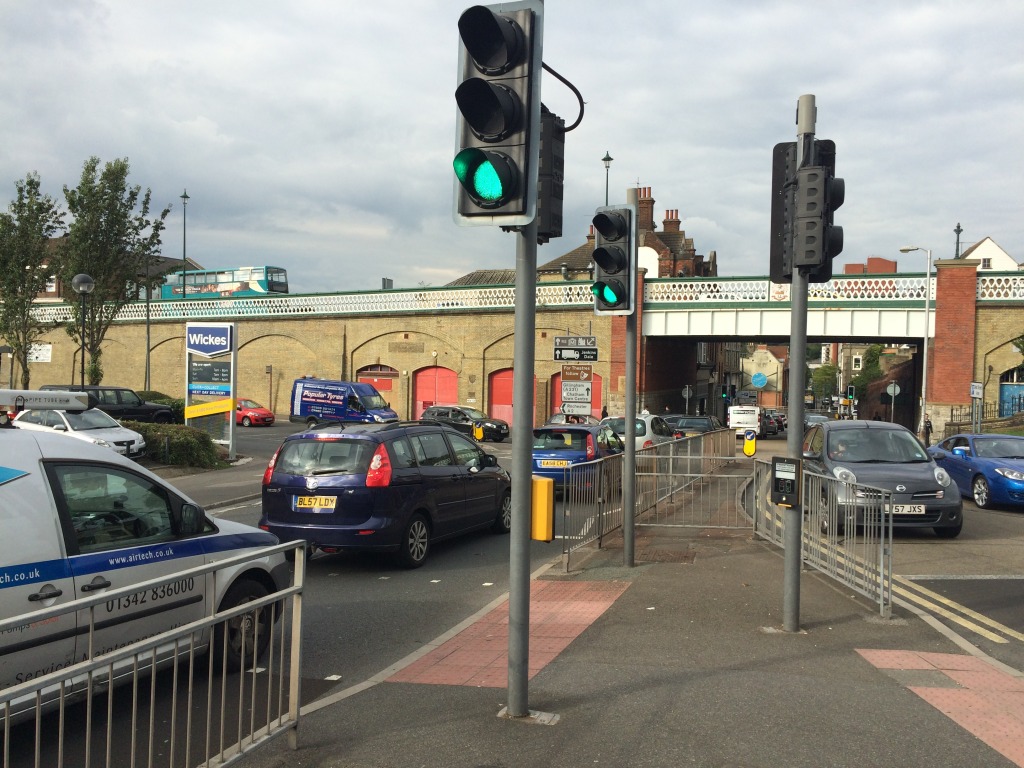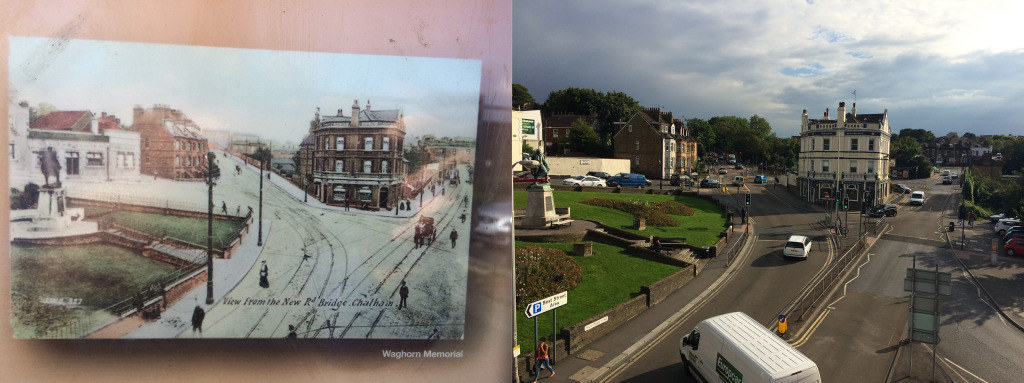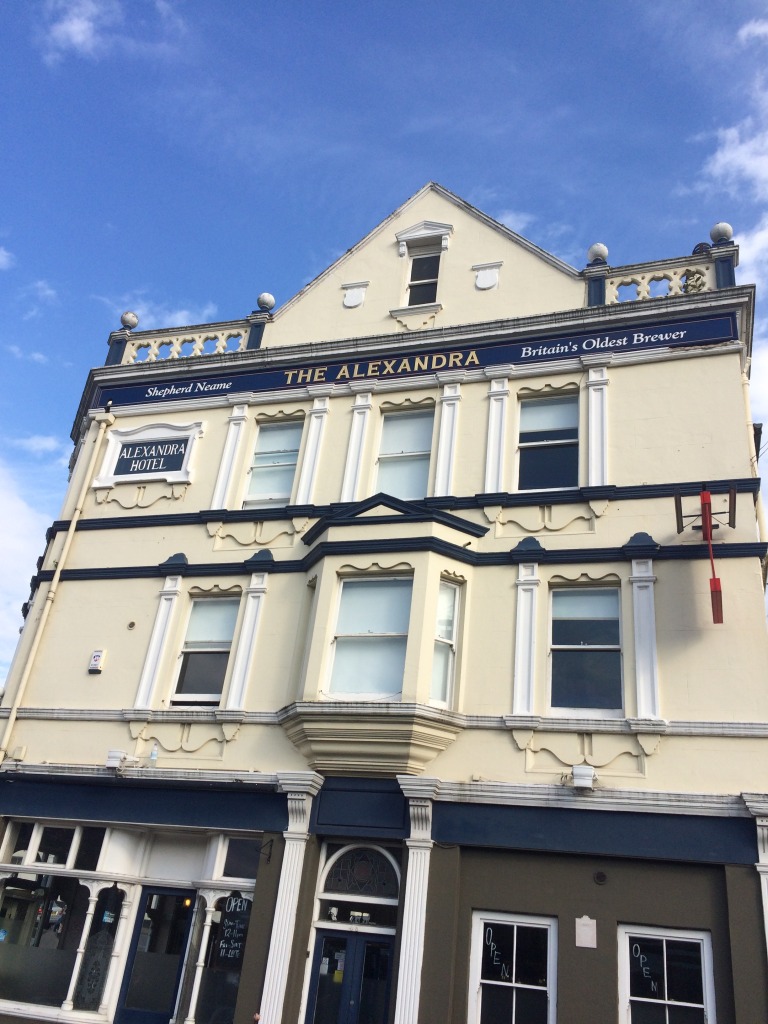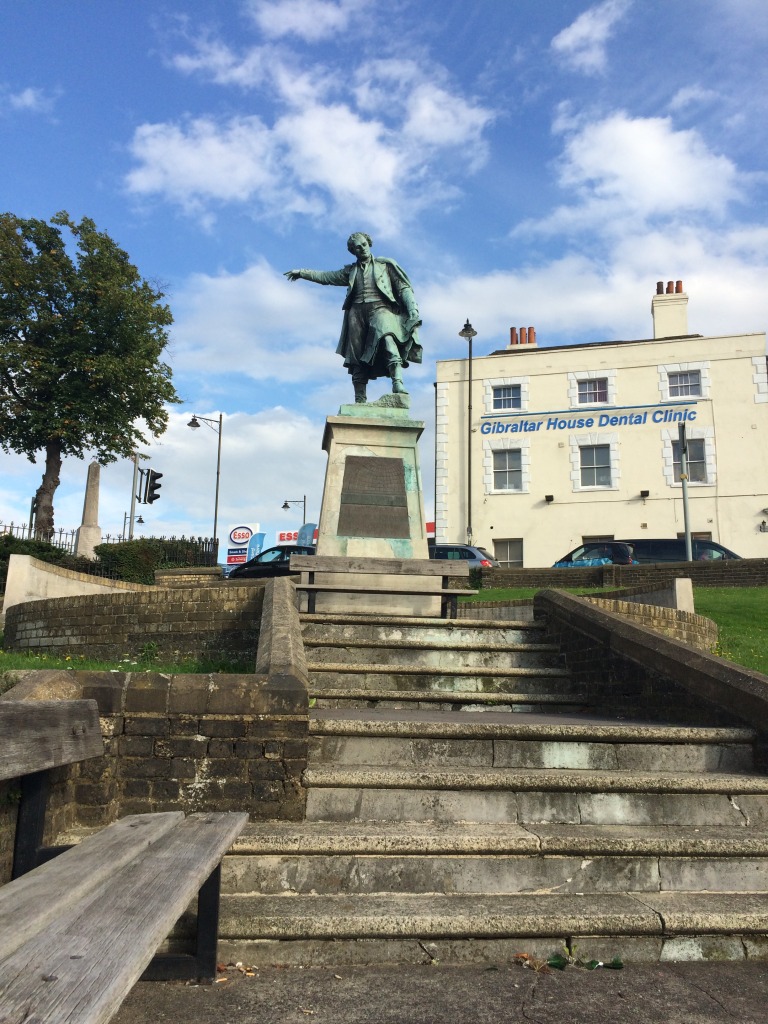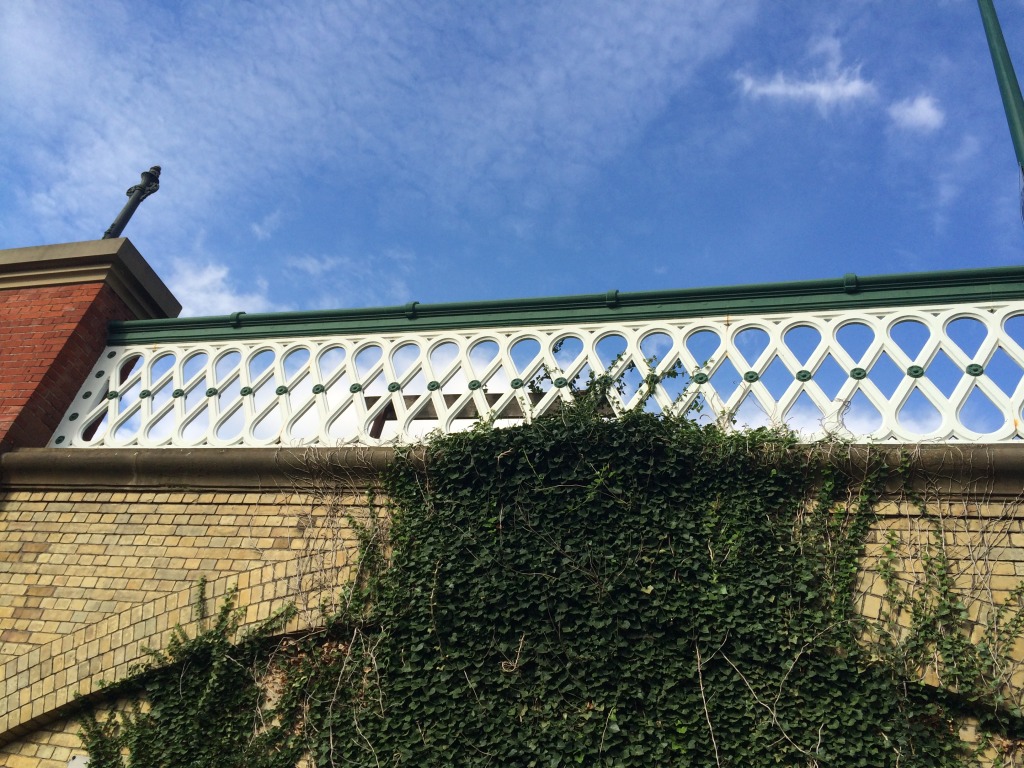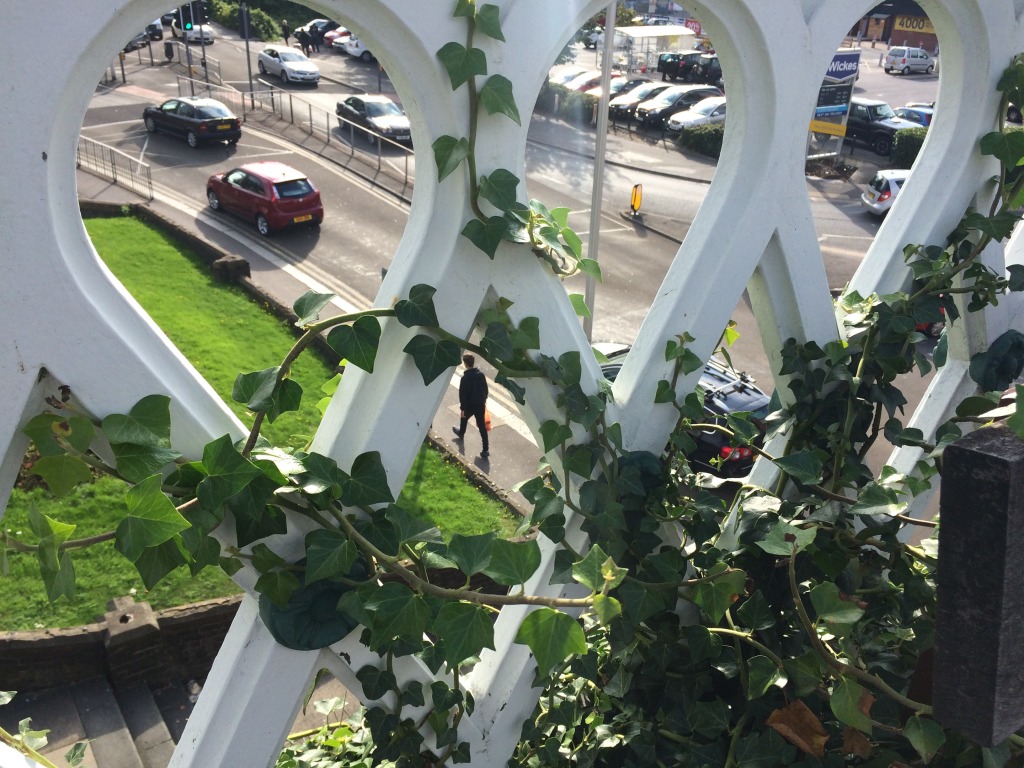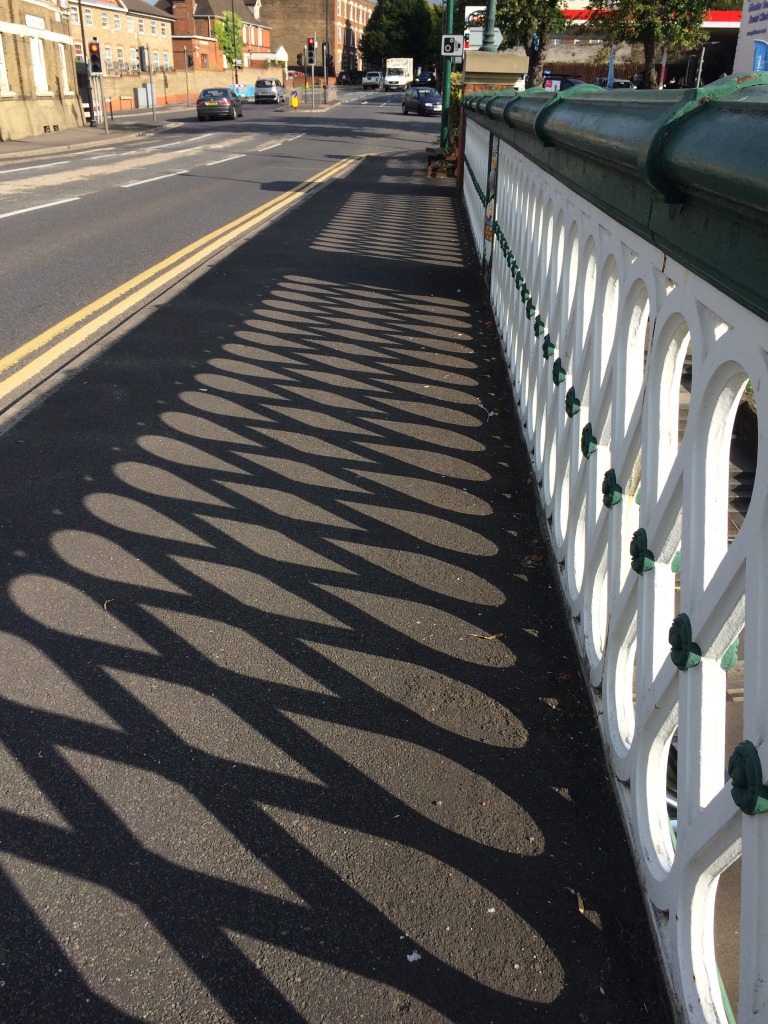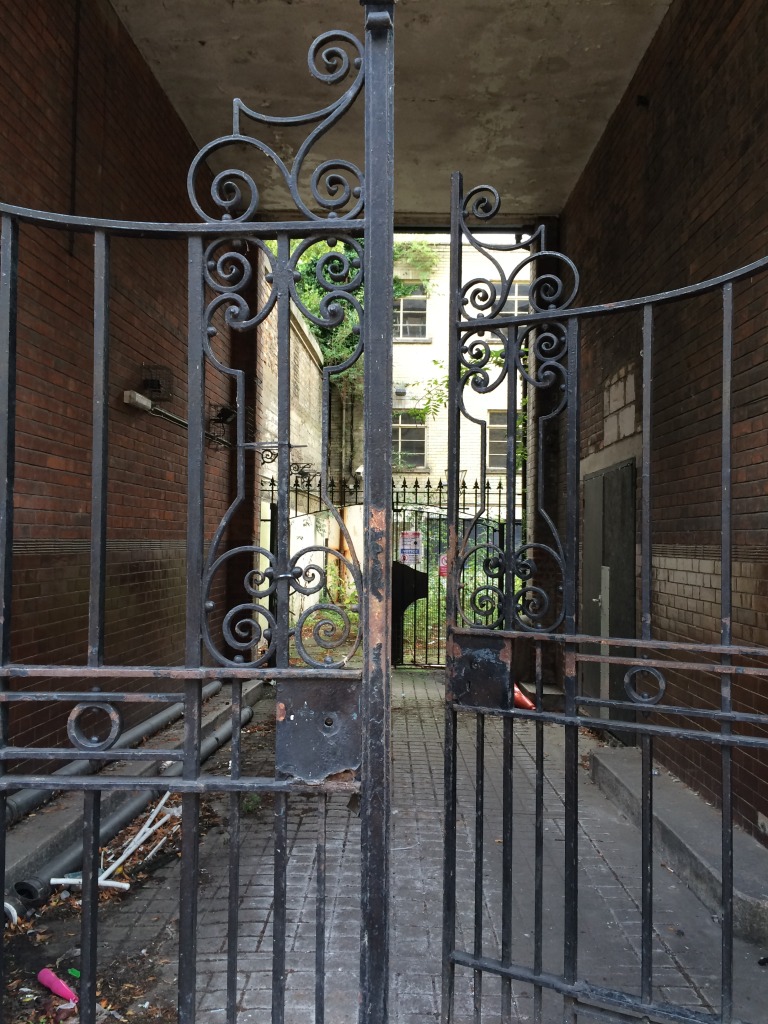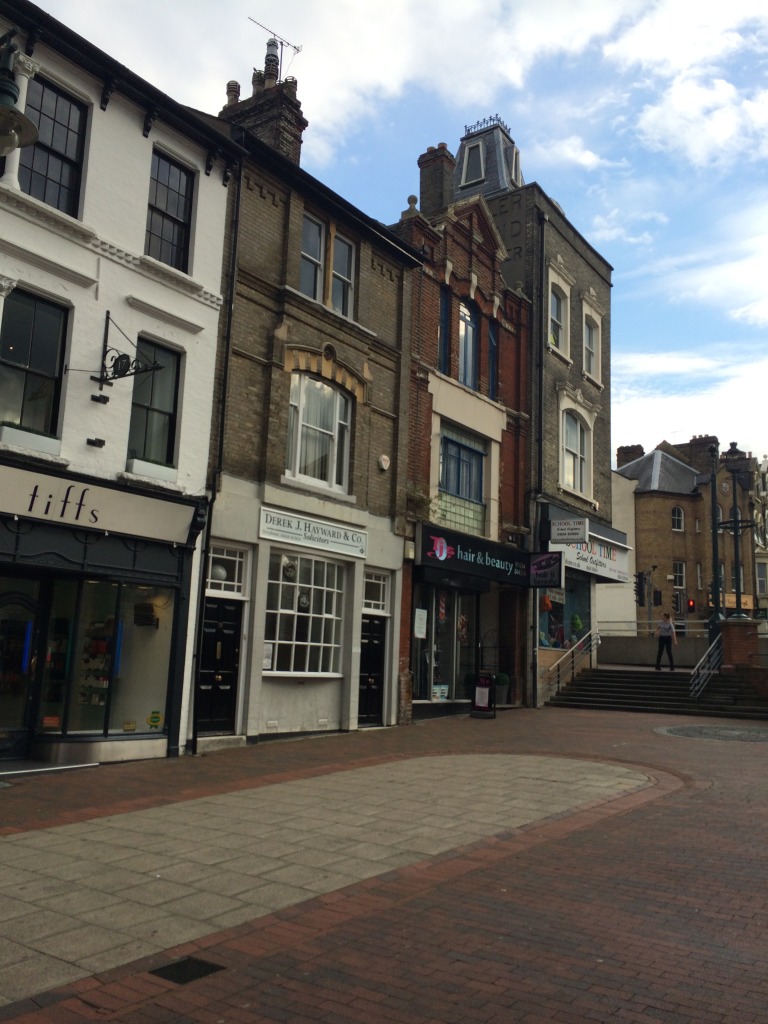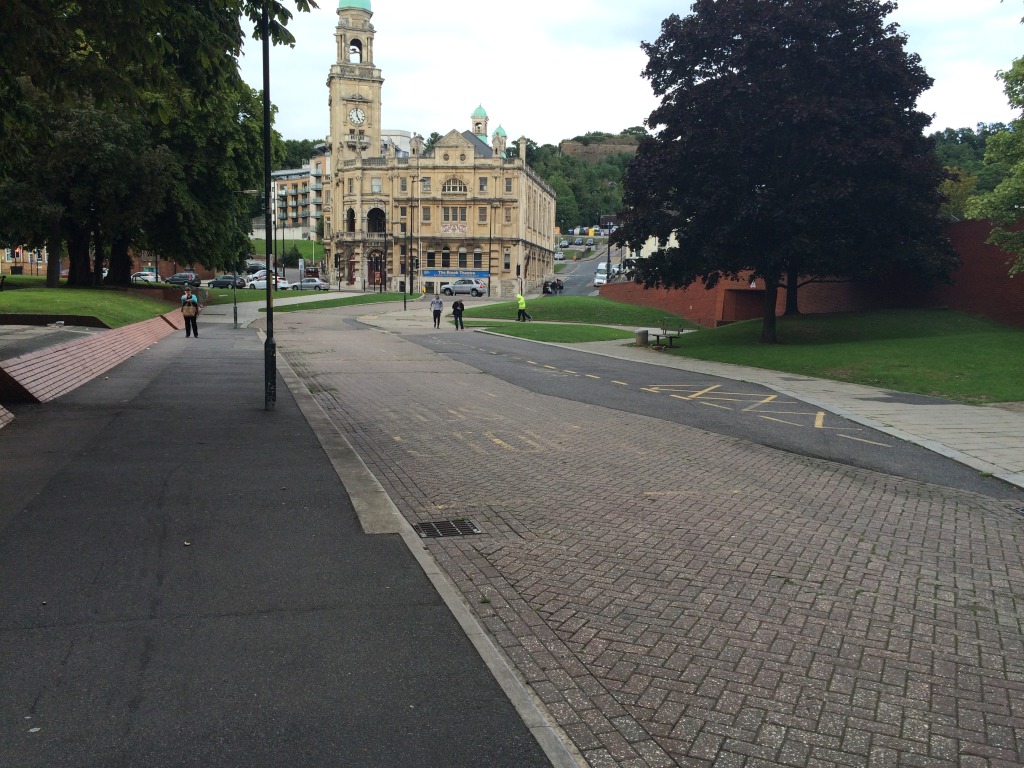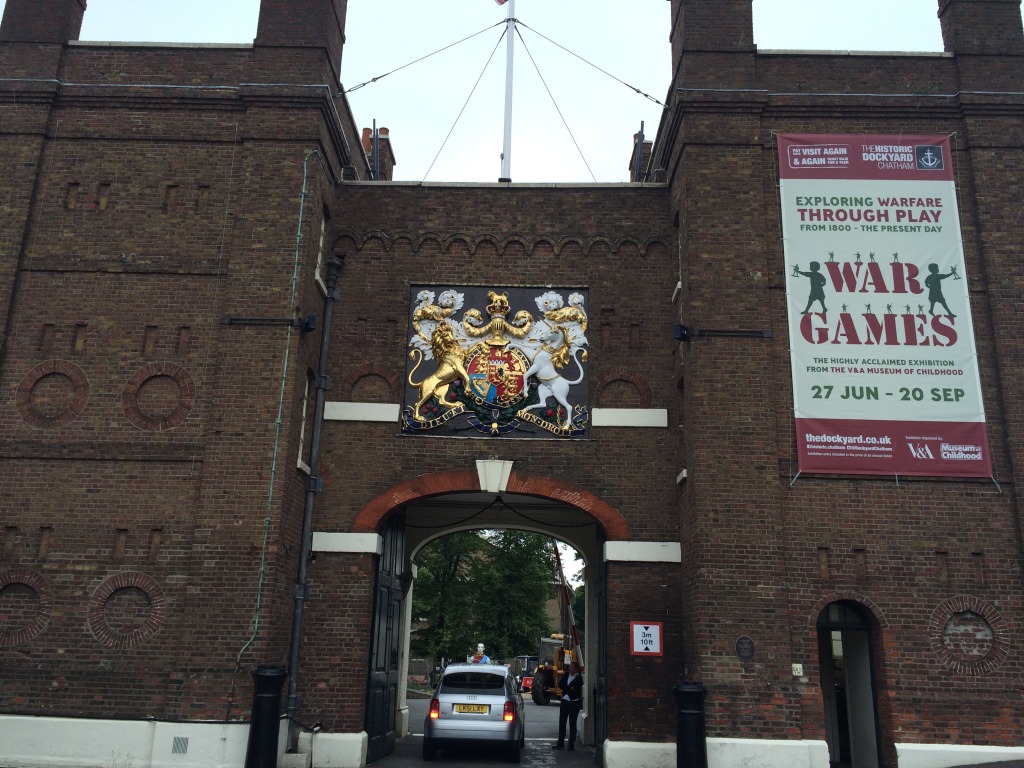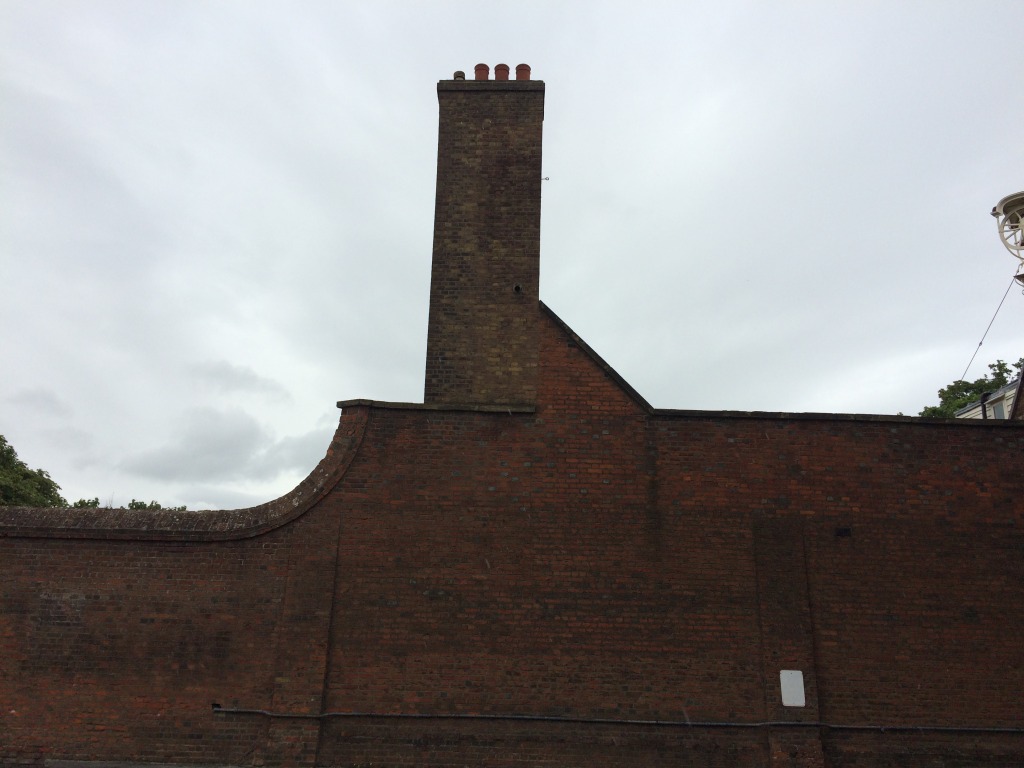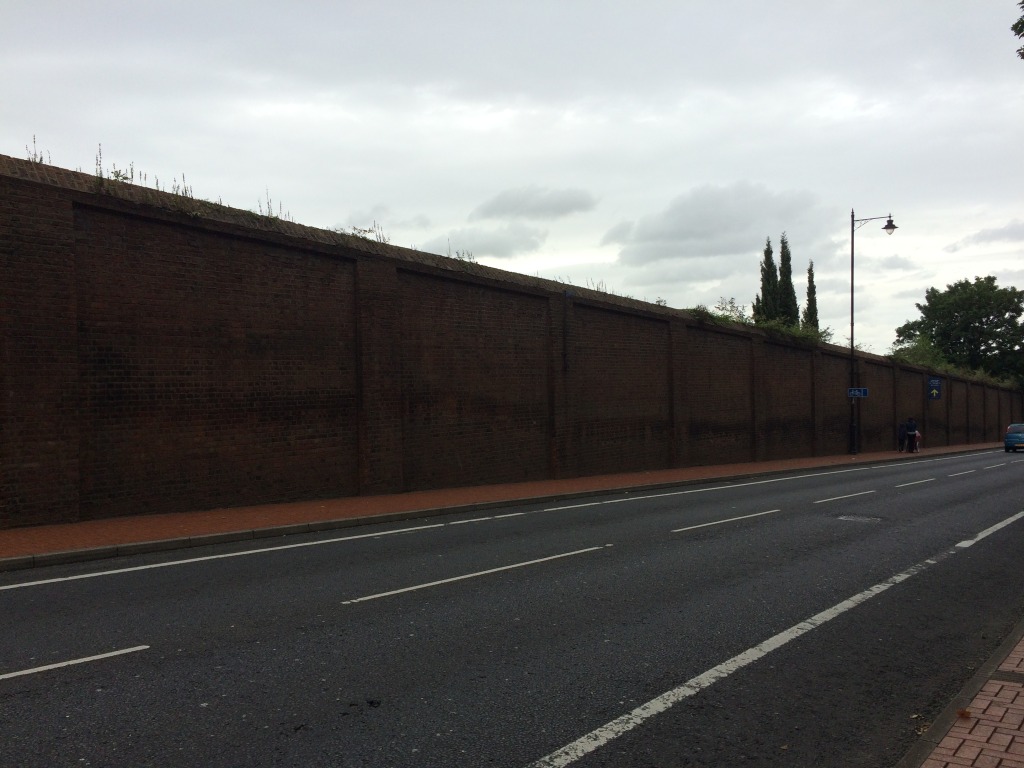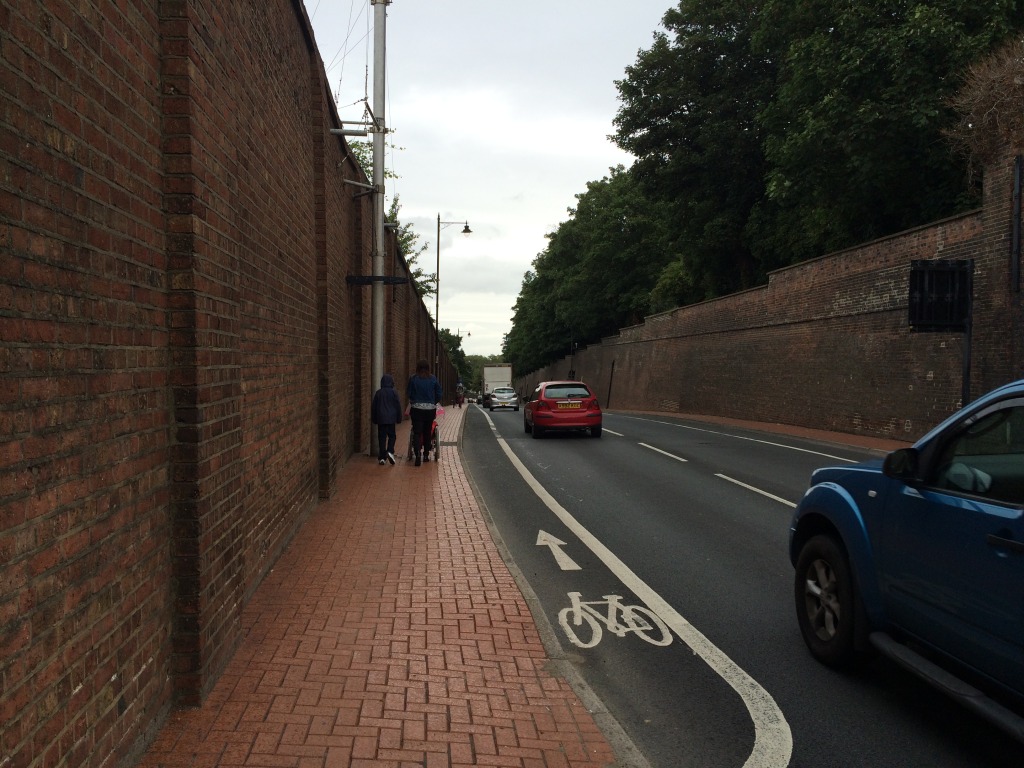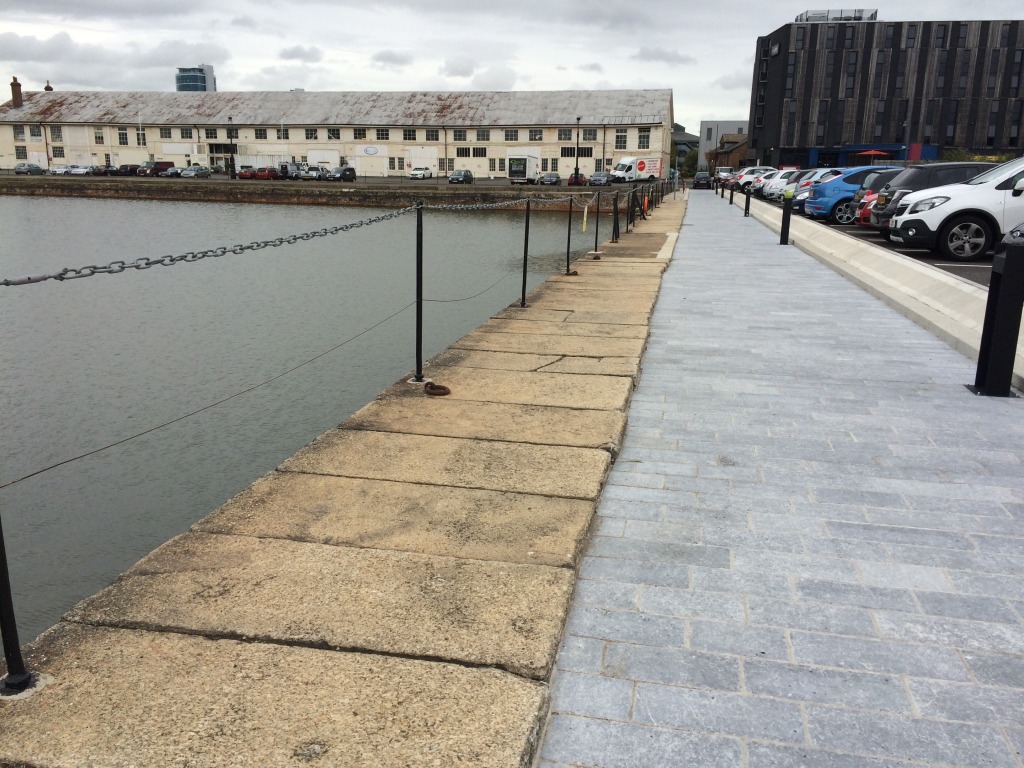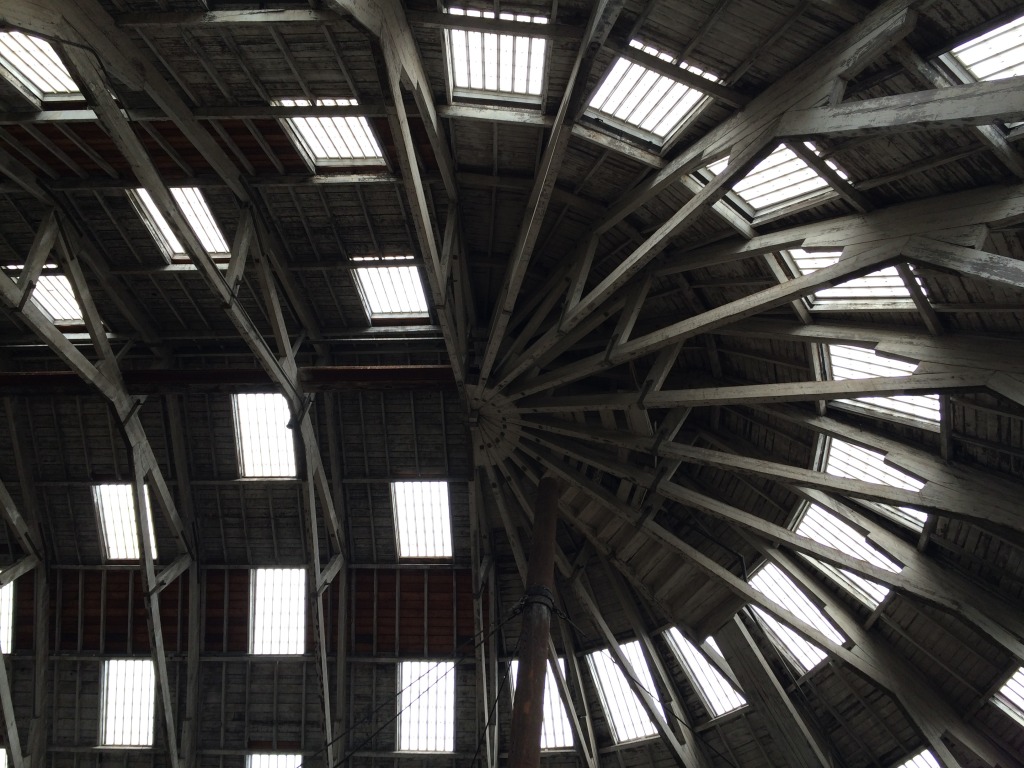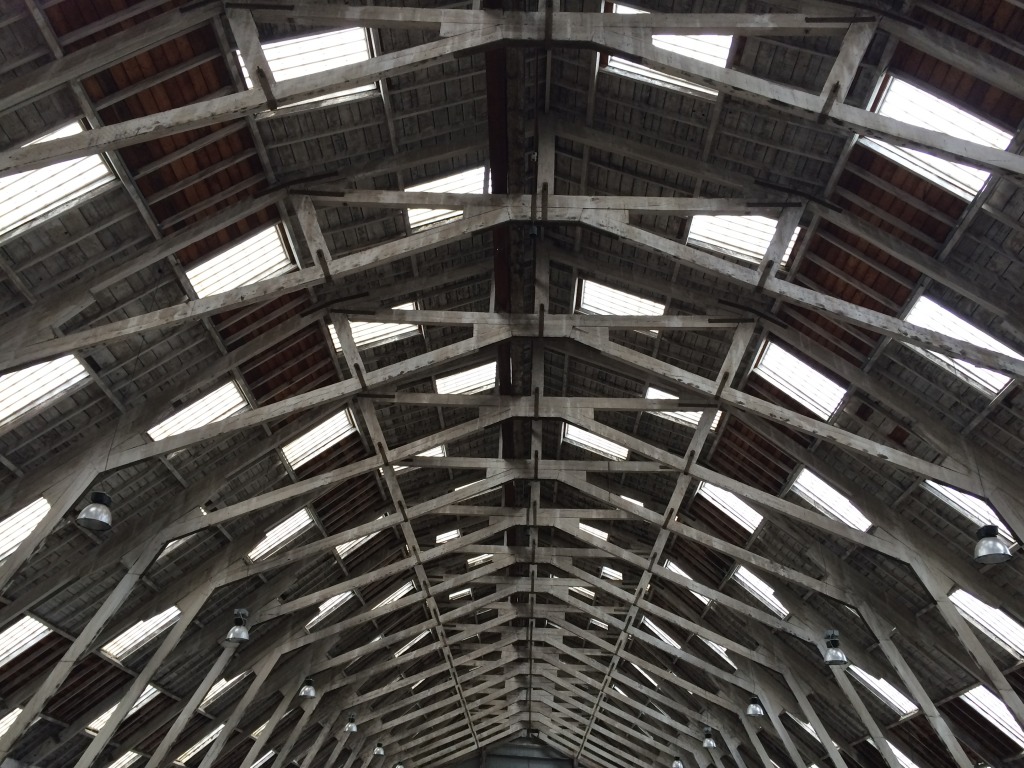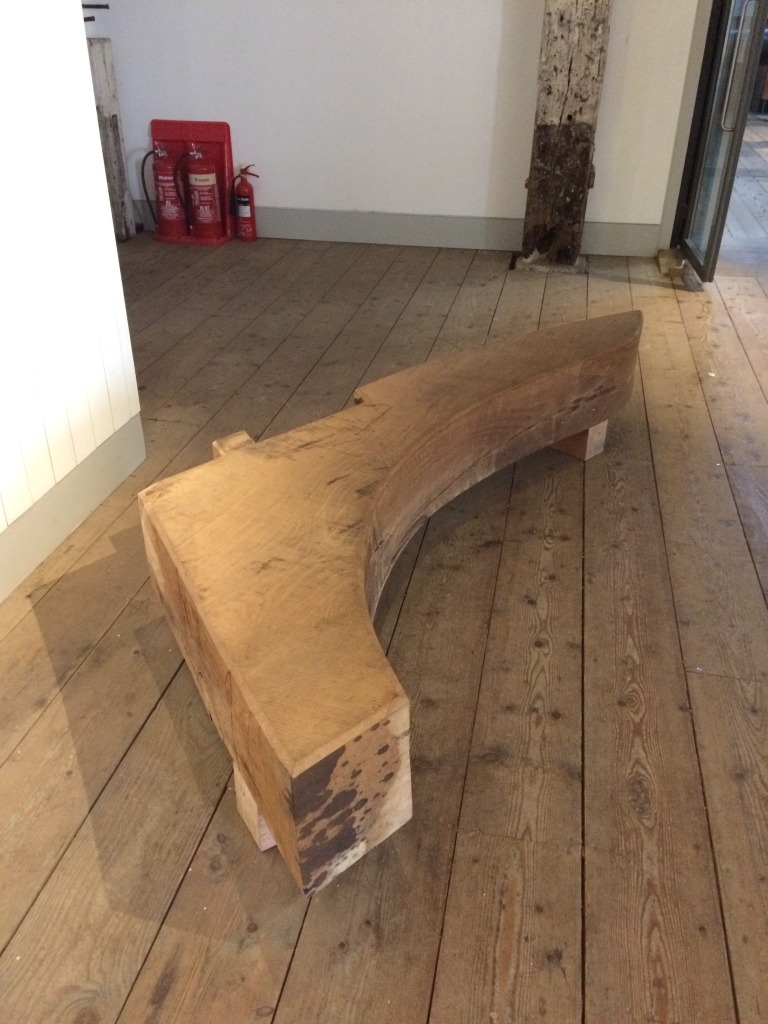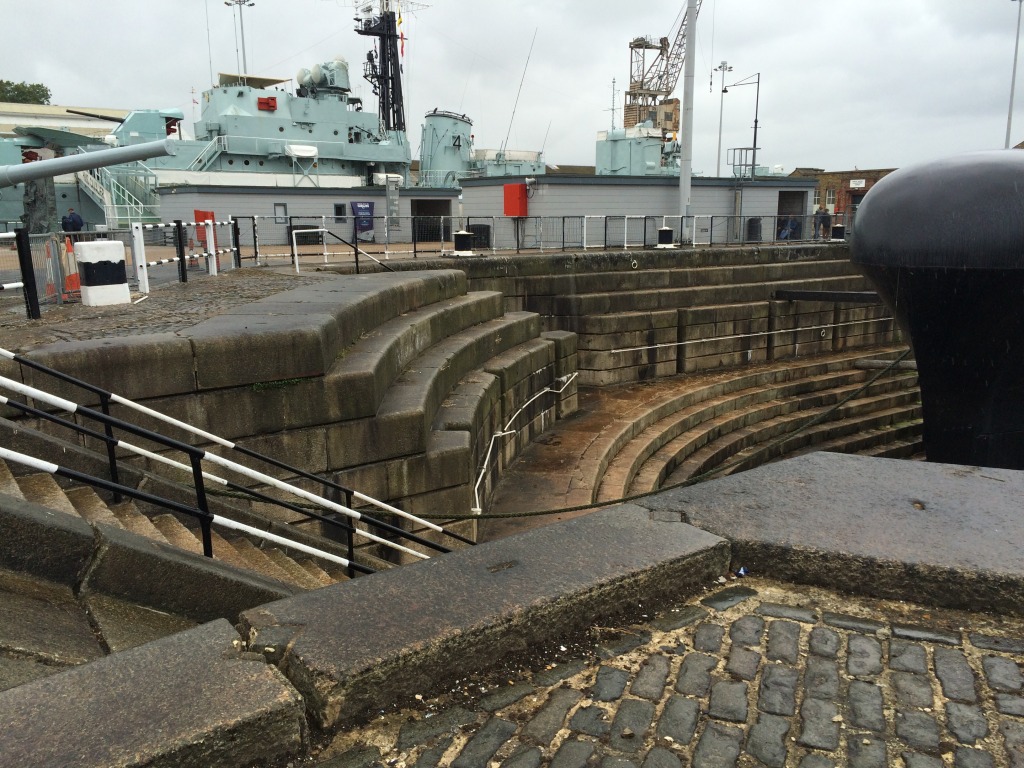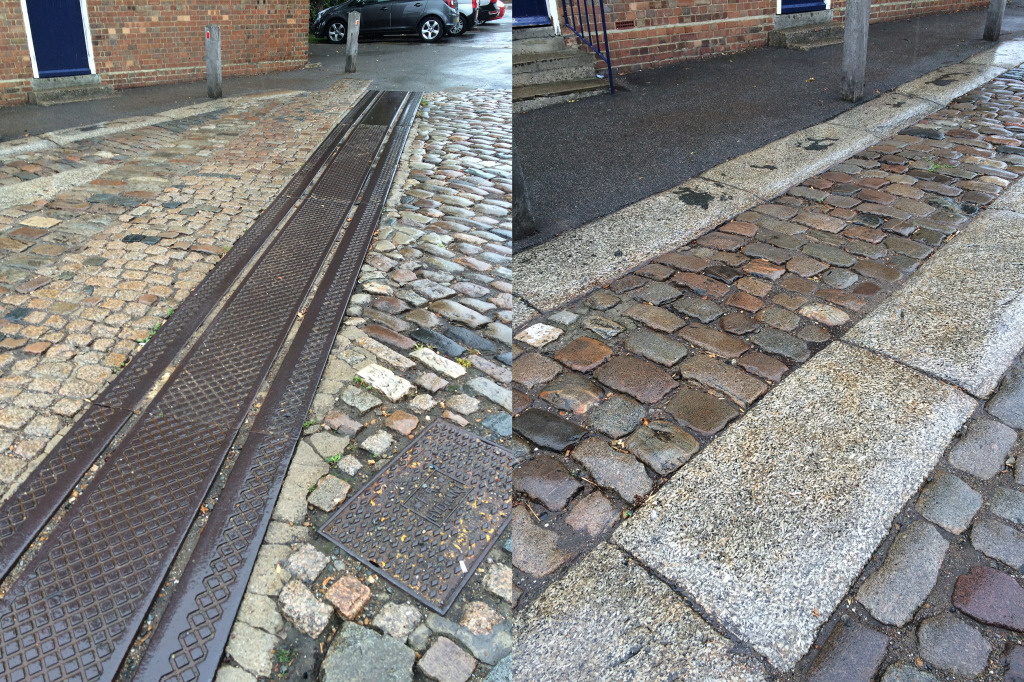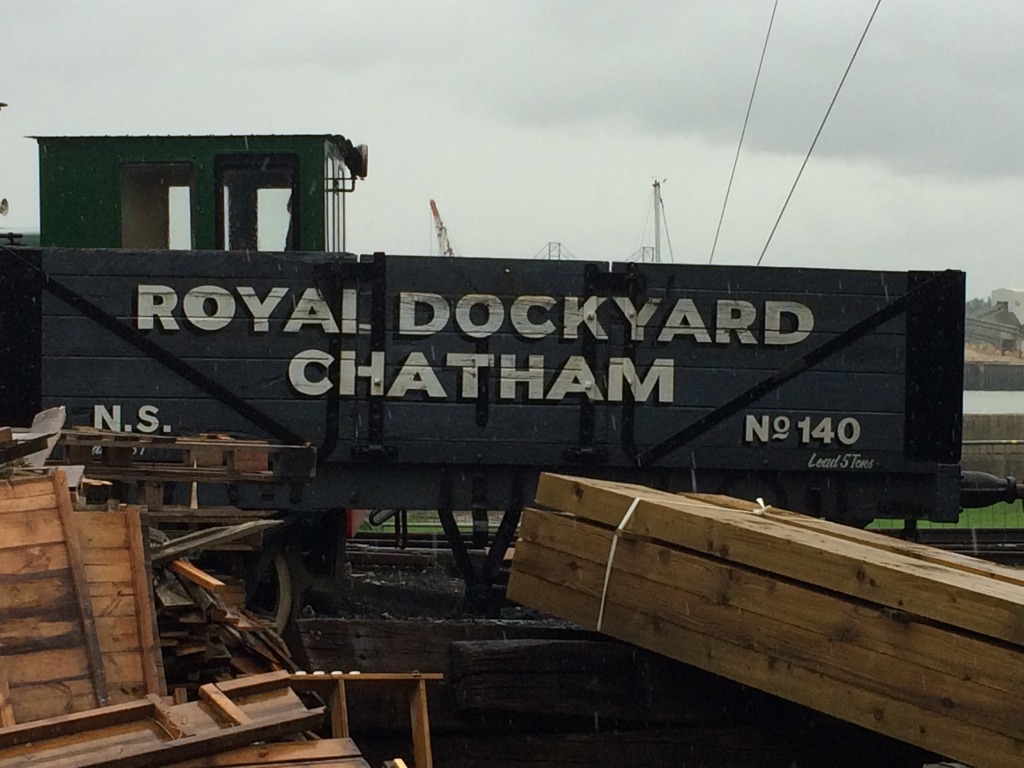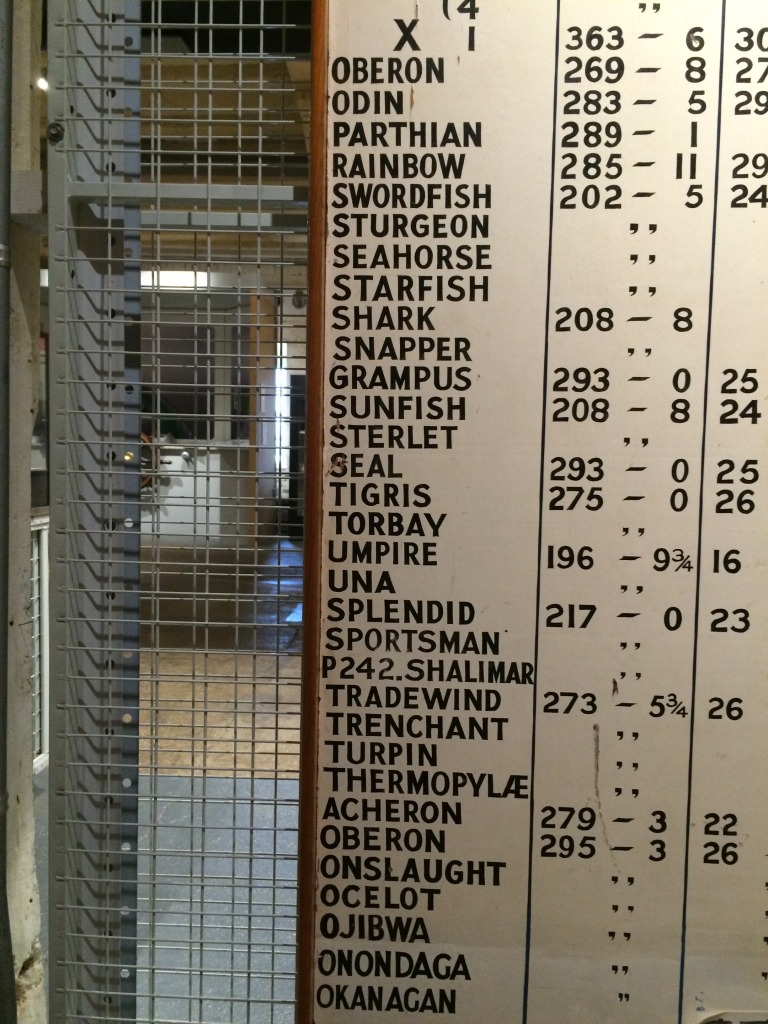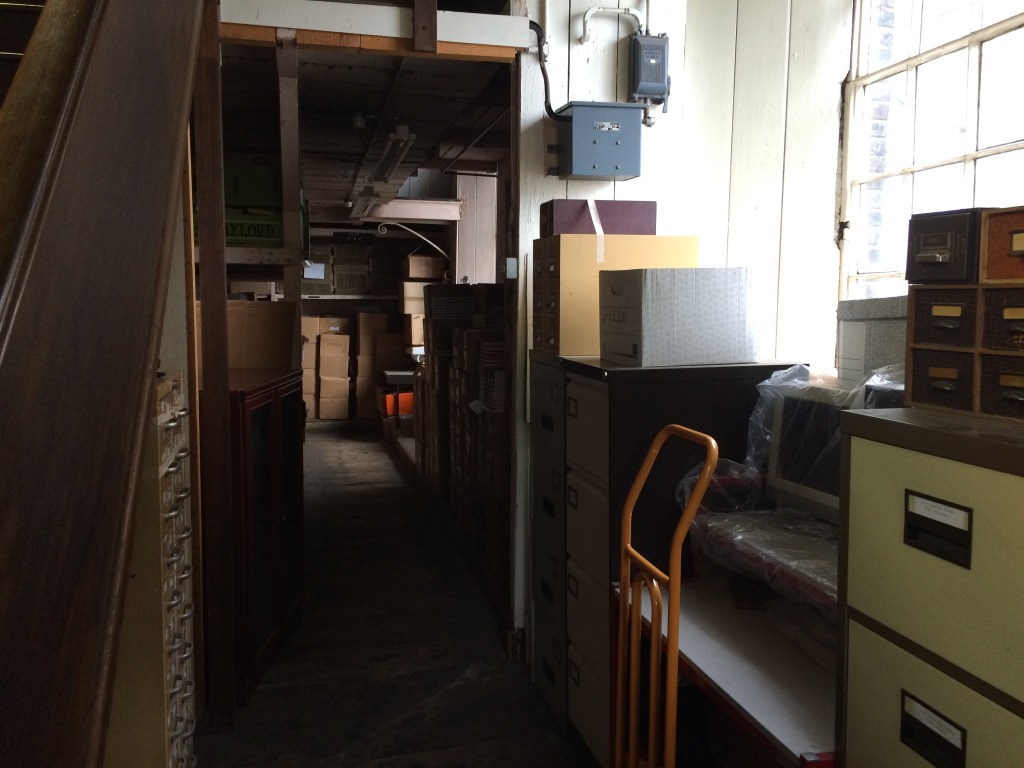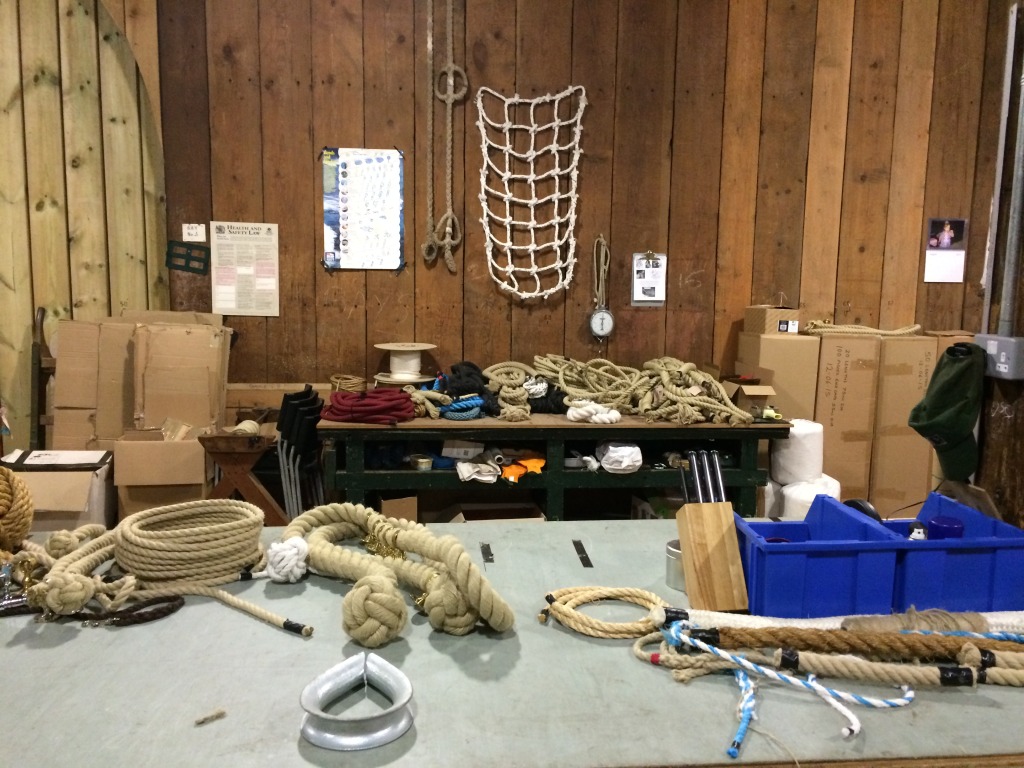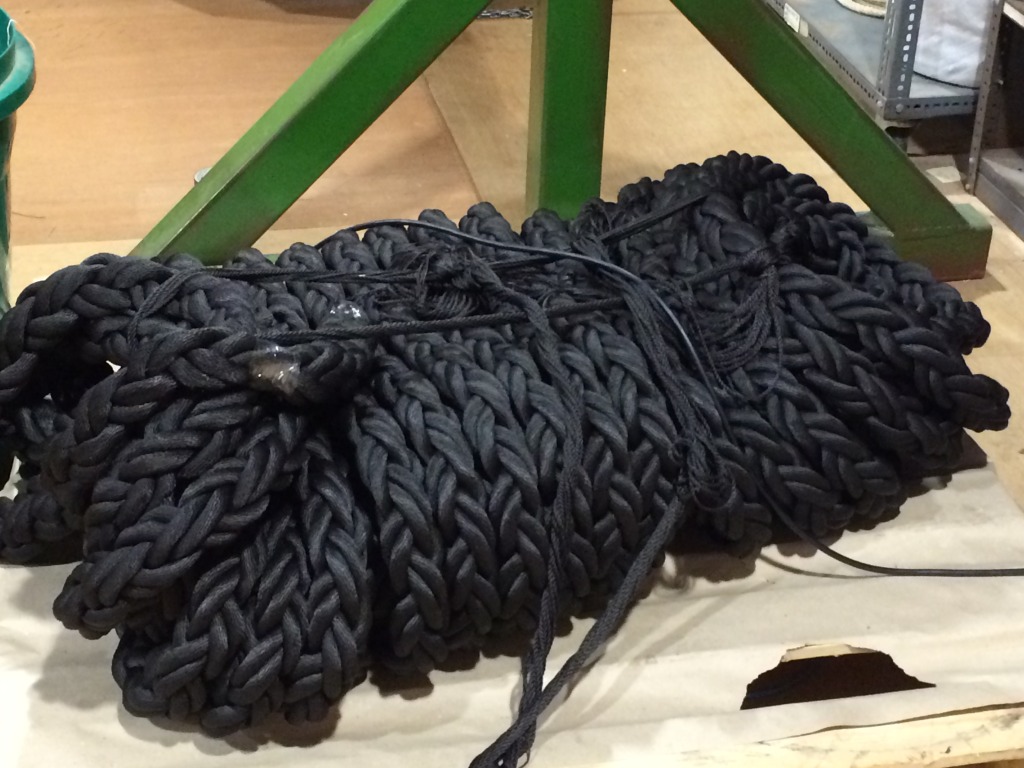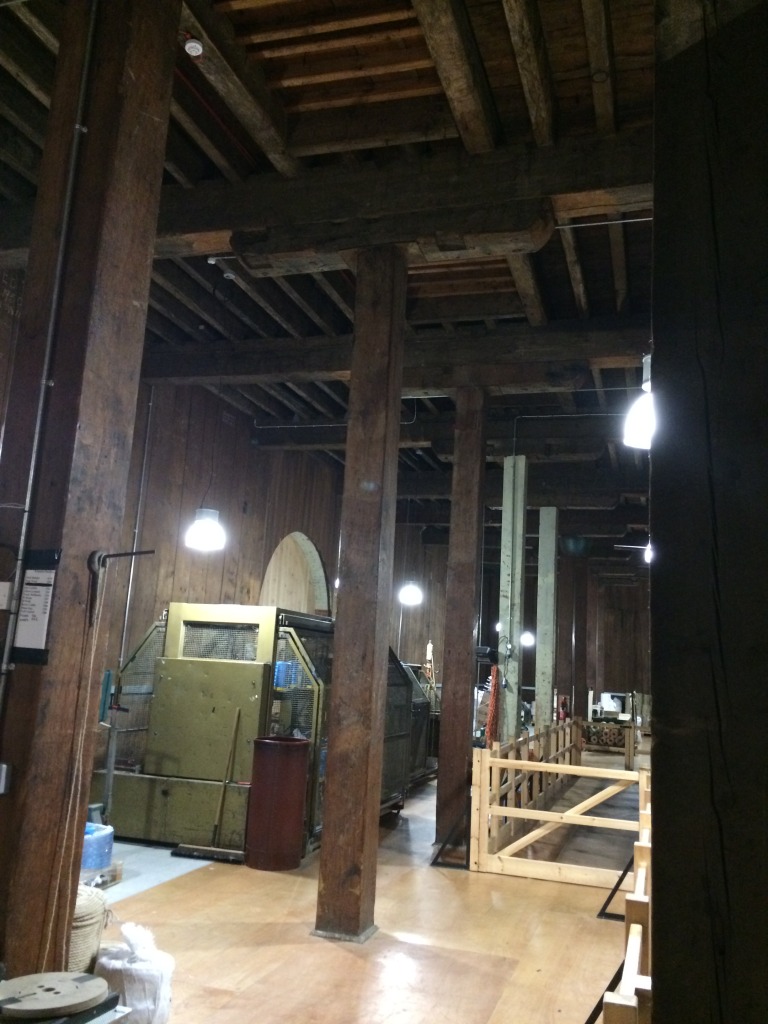These are a few images taken from the Creative Scope work I am doing. These are my artworks / draft plans, created to promote the creative concept.
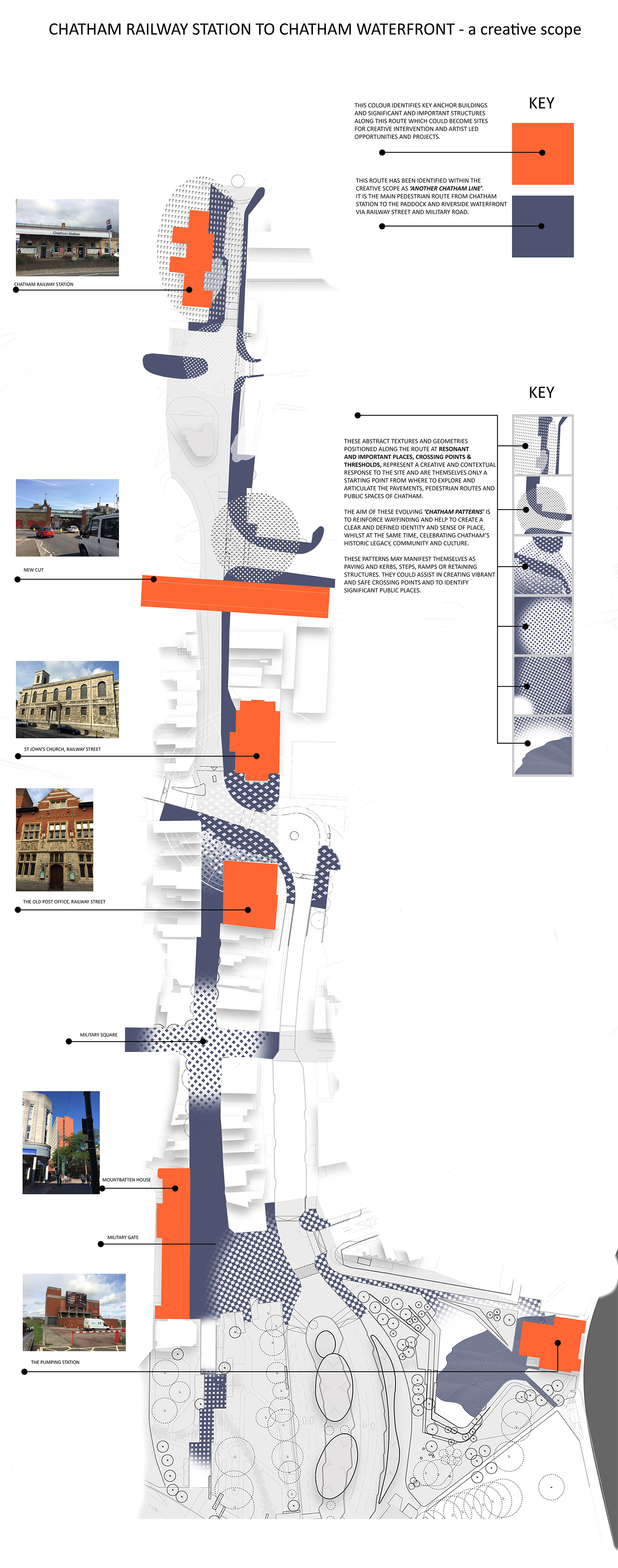
Concept
The Lead Artist proposes that these historic, physical and social influences will be experienced in the pedestrian journey from the Railway Station, via Railway Street and Military Road to Riverside. It is proposed that this concept approach may manifest itself as an evolving linear narrative, drawn out from within the pavements and pedestrian areas associated with the route. Referencing the nearby Chatham Lines, this new Town Line could demonstrate a series of distinct, yet inter-related events, thresholds and experiences along its course. As interpretive interventions, they will evoke a narrative of resonant references to Chatham itself, becoming a part of the fabric of the street. Where the Chatham Lines were built as defensive structures, this new line will be resolutely ‘enabling’.
The Historic Dockyard is inextricably tied to the social and industrial history of Chatham. It is a rich source of inspiration. Architectural forms, both robust and functional continue to influence the creative approach; some structures, such as the Slipway Sheds presenting striking abstract patterns and geometries. Vertical forests of timbers supporting vast and expansive roofs with rectangular glazing apertures, twisted askew by perspective. The Dry Docks are faced in massive blocks of close fitting granite. These materials are shaped by function, yet are hand crafted and bespoke features, imbued with a legacy of local and honed skills, surely a fitting inspiration for a contemporary streetscape here in Chatham.
Dickens writes about an enduring military presence on the streets of Chatham.
“They walked about the streets in rows or bodies, carrying their heads in exactly the same way, and doing exactly the same thing with their limbs”. “Men were only noticeable by scores, by hundreds, by thousands, rank and file, companies and regiments, detachments, vessels full for exportation”.
These closely observed characteristics, played out on the streets of Chatham until very recently, suggest that an echo of these patterns of movement and symmetric formations, displays and manoeuvres are still extant in the pavements, streets and roads of the town. Perhaps this evocative memory could be recalled in new paving finishes and interventions in the streetscene.
This creative interpretation not only brings a site-responsive and contemporary narrative to the project, but also dovetails with and adds to a strategic and deliberate approach to inherent wayfinding and placemaking, assisting and strengthening the pedestrian route and the local and visitor experience.
This concept applies to the entire Placemaking Masterplan, setting a blueprint for a programme of temporary and permanent commissions to roll out in a phased approach over the development period.
